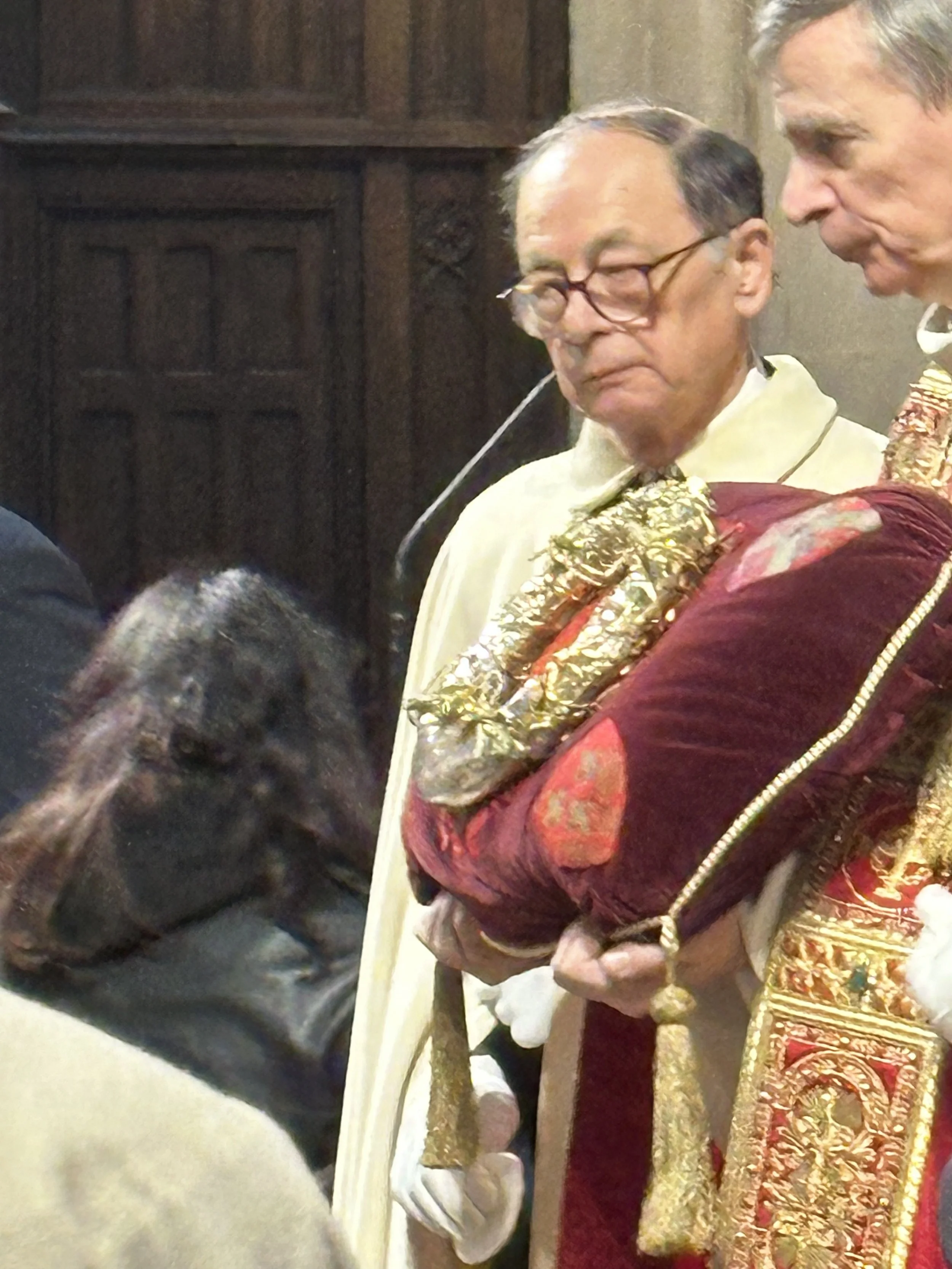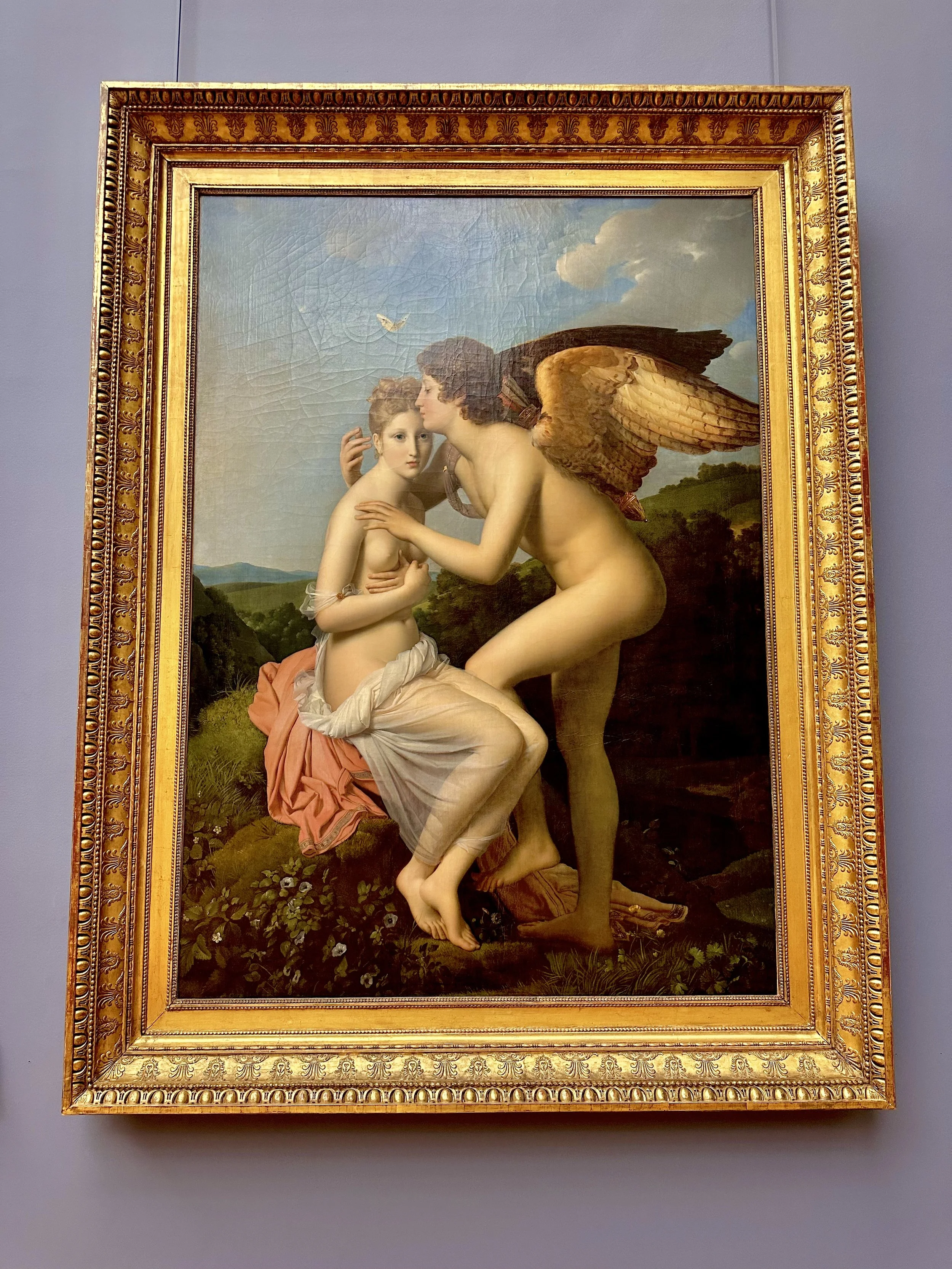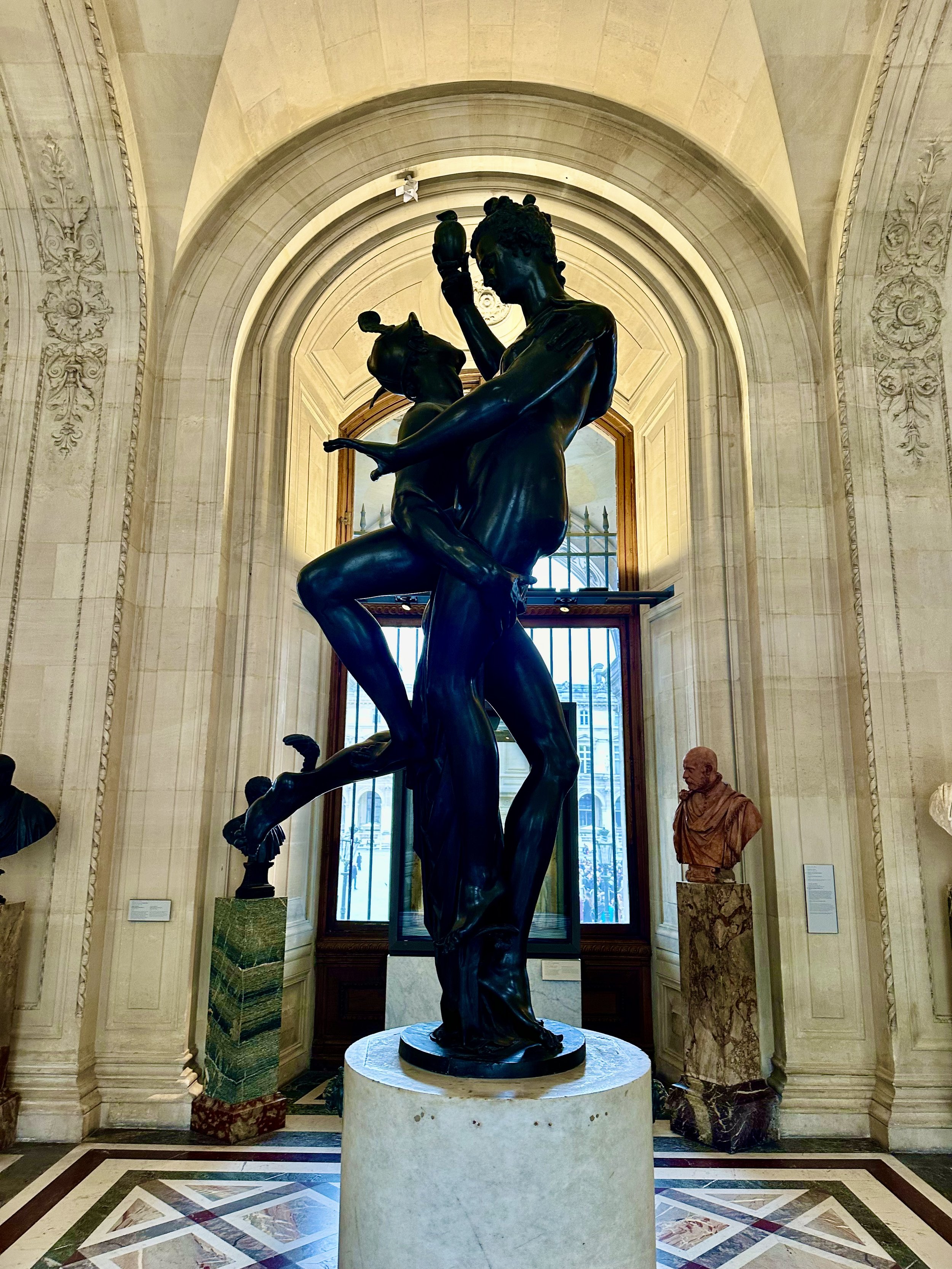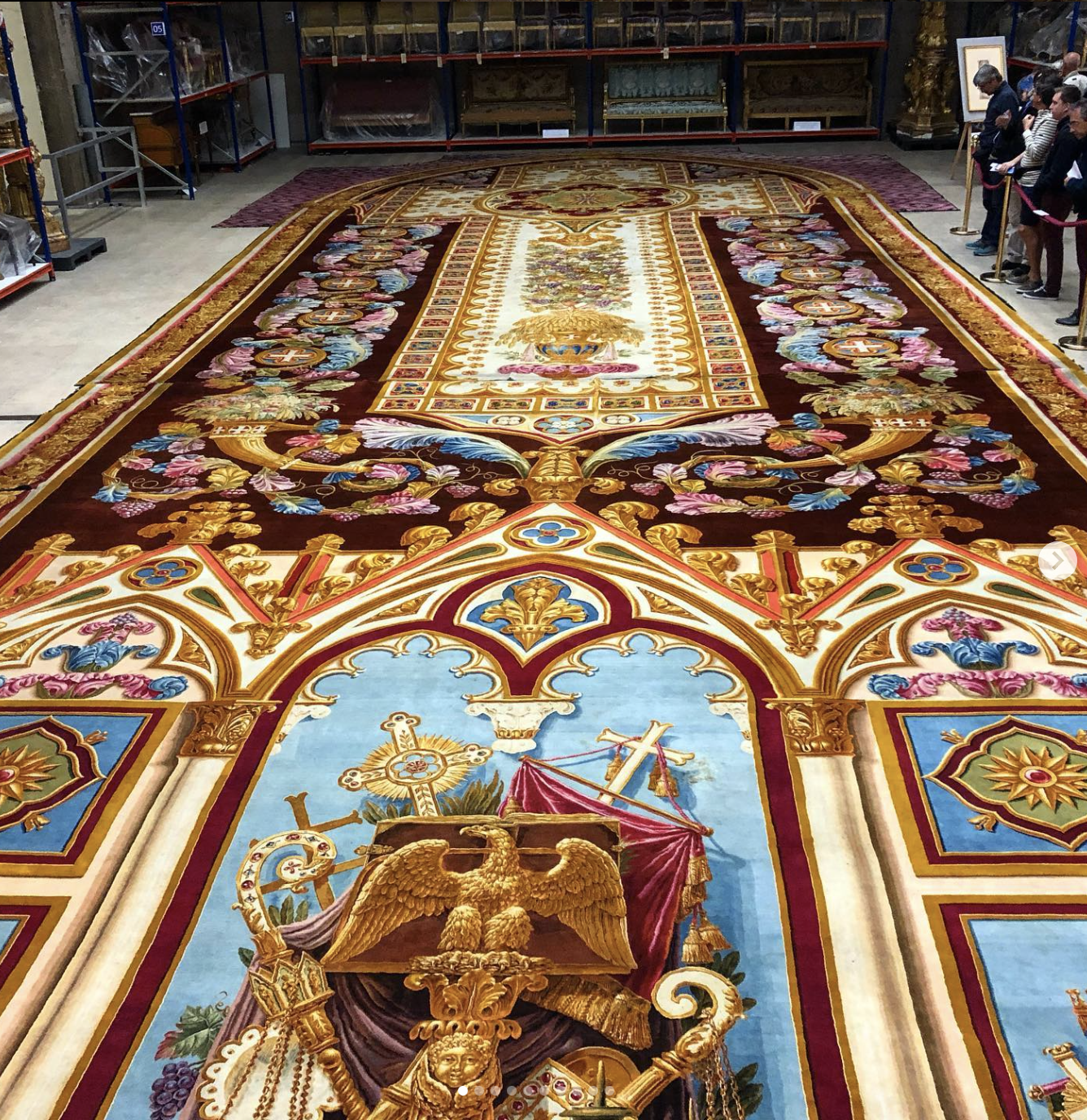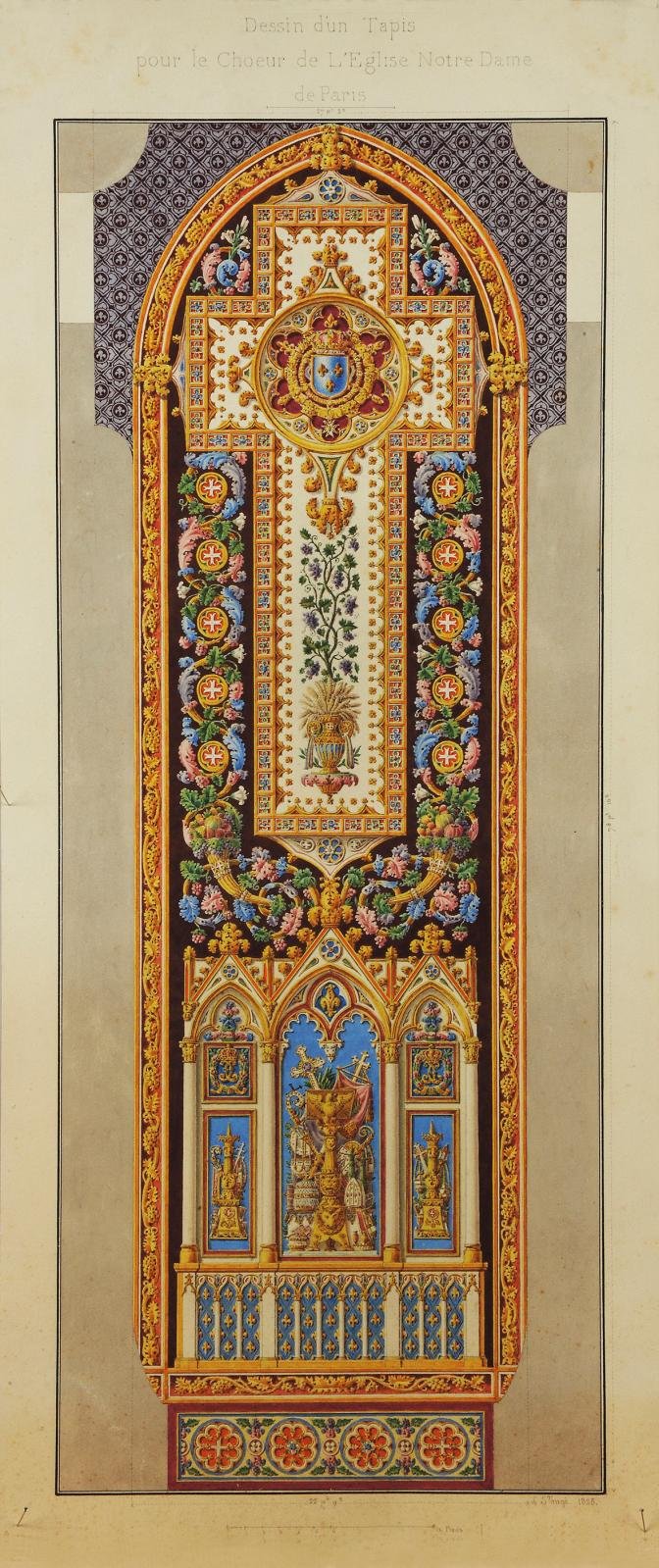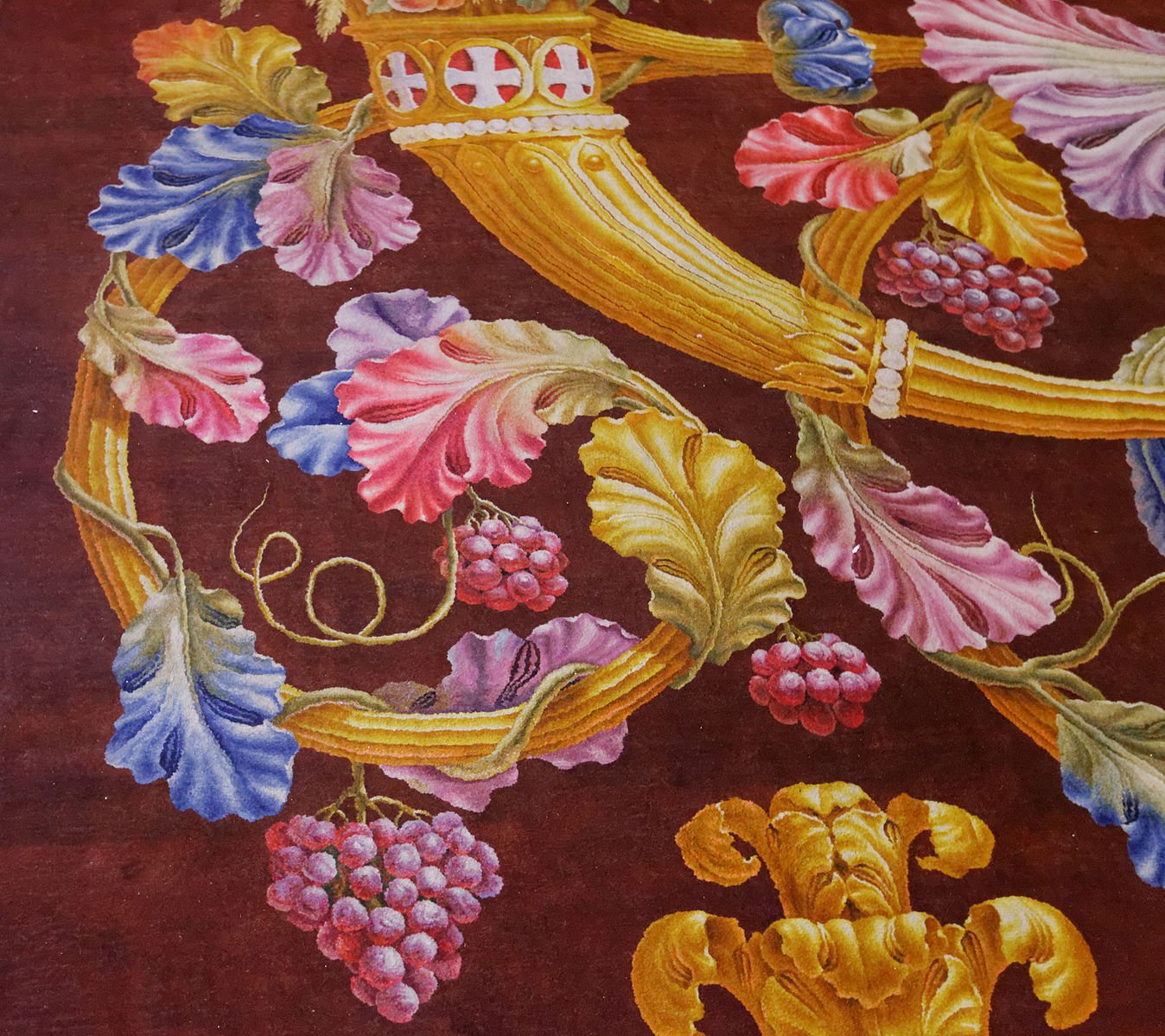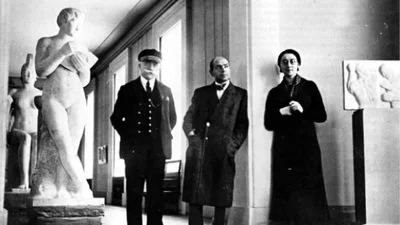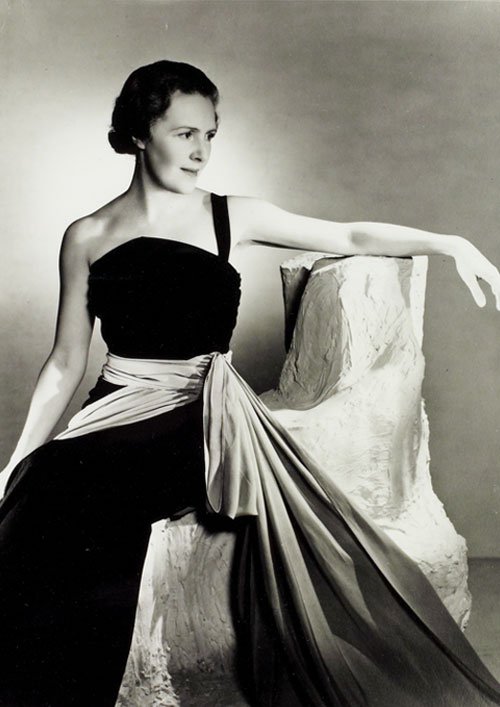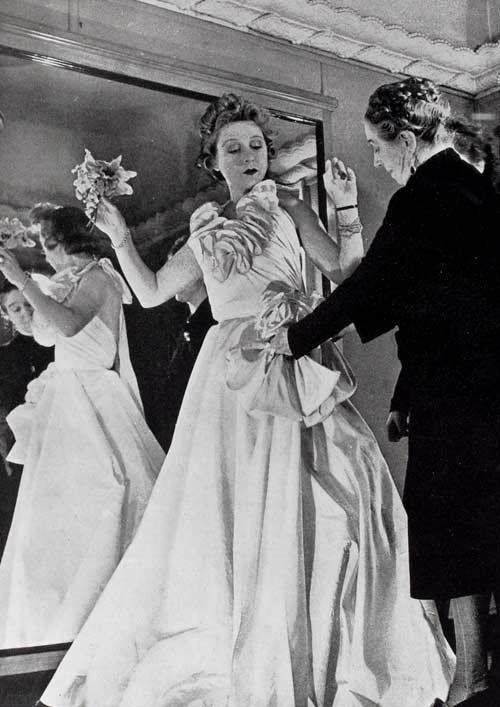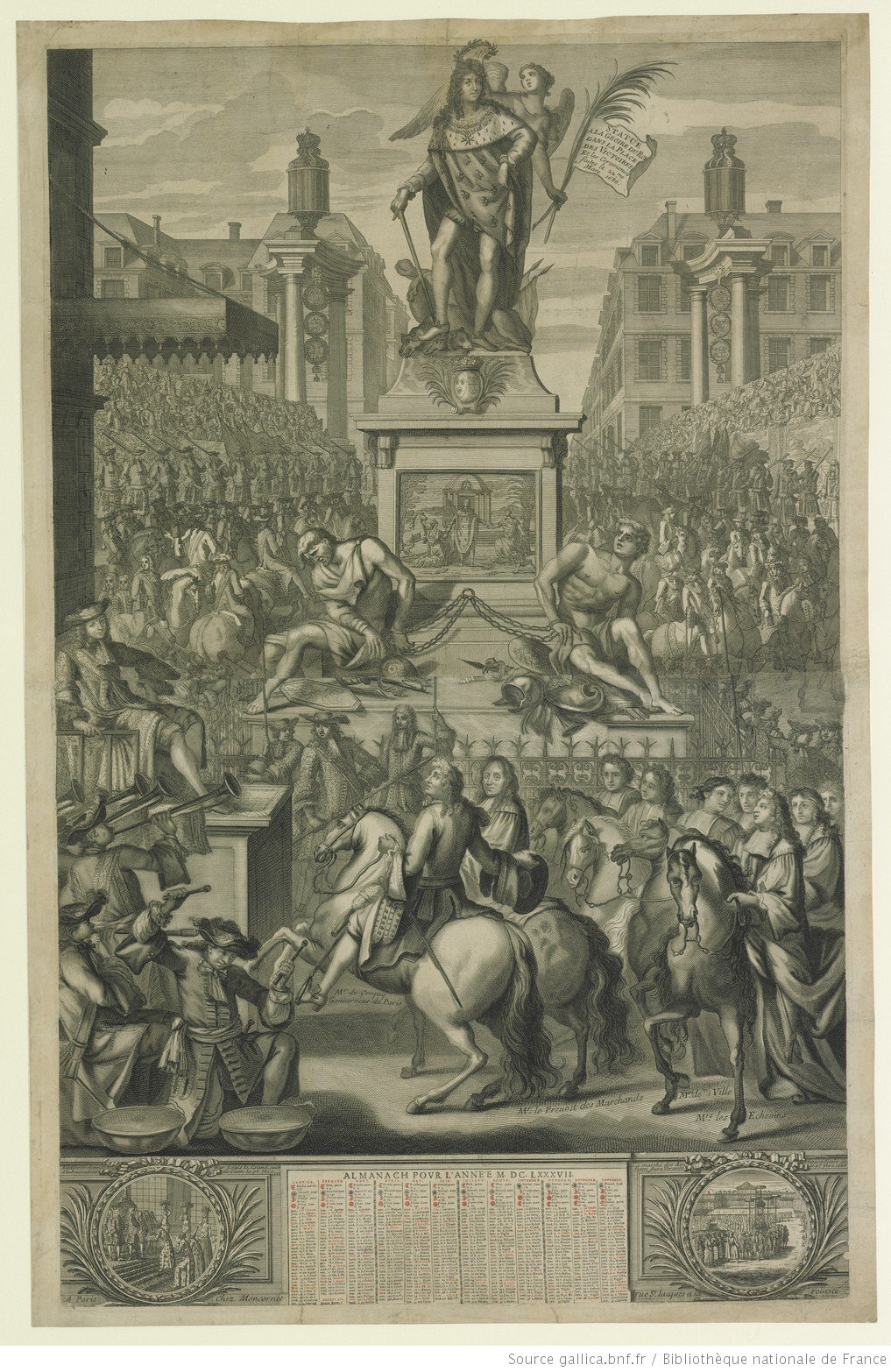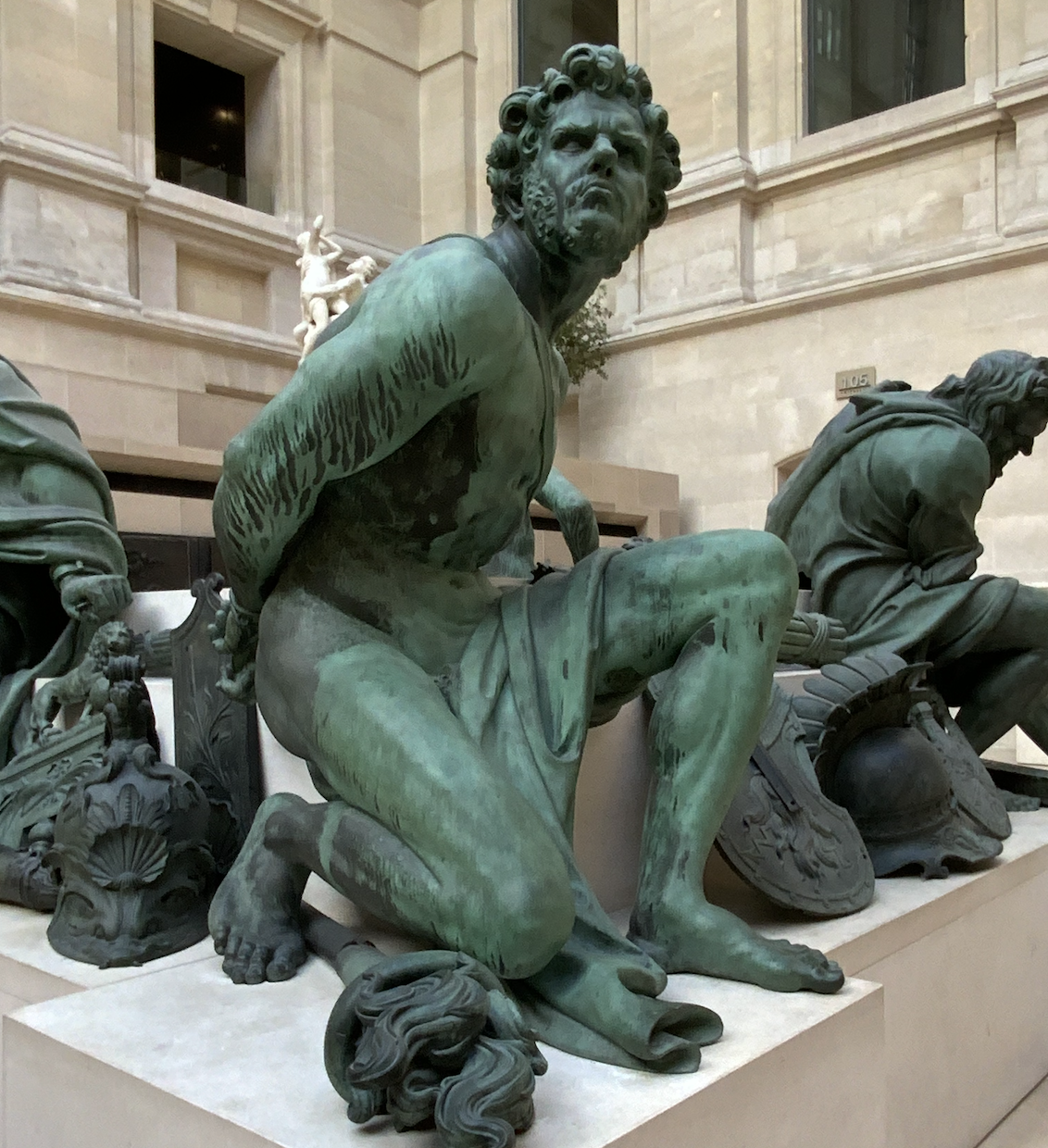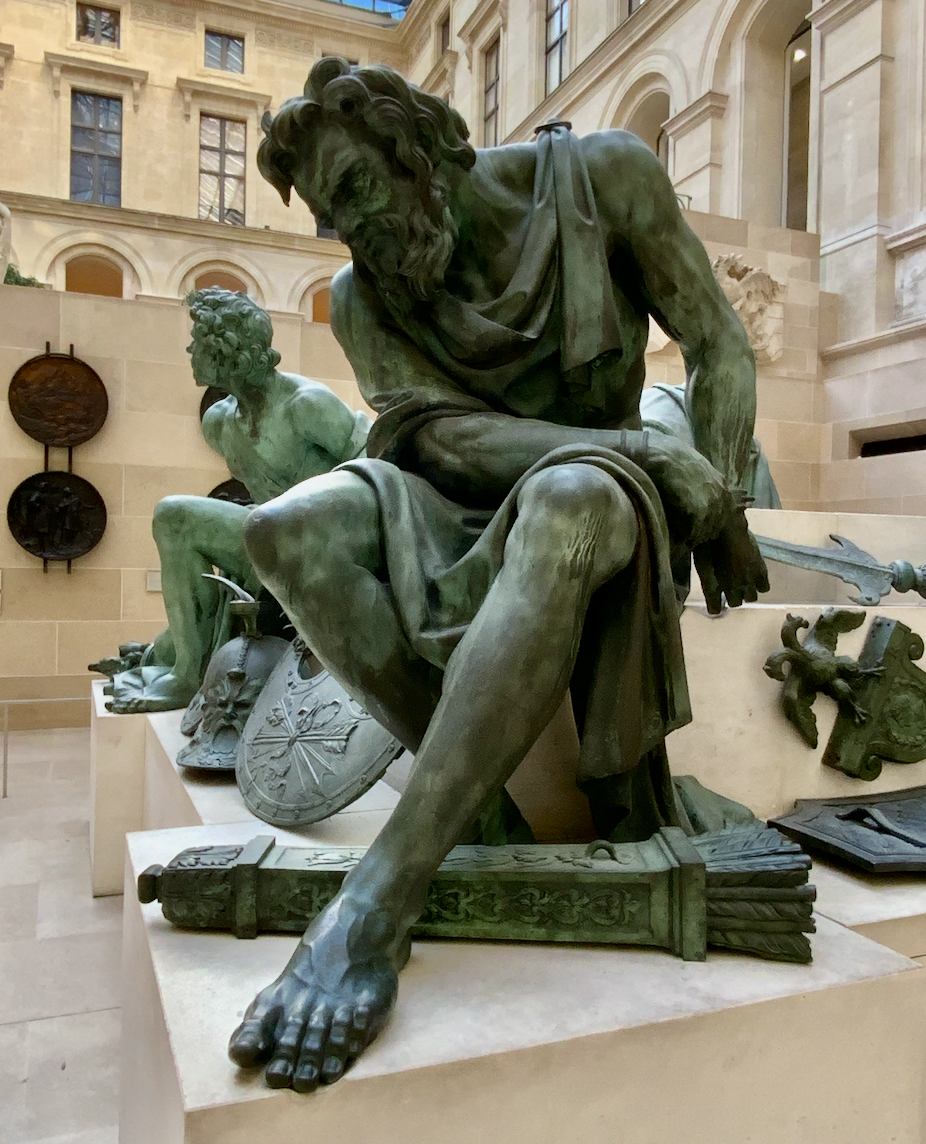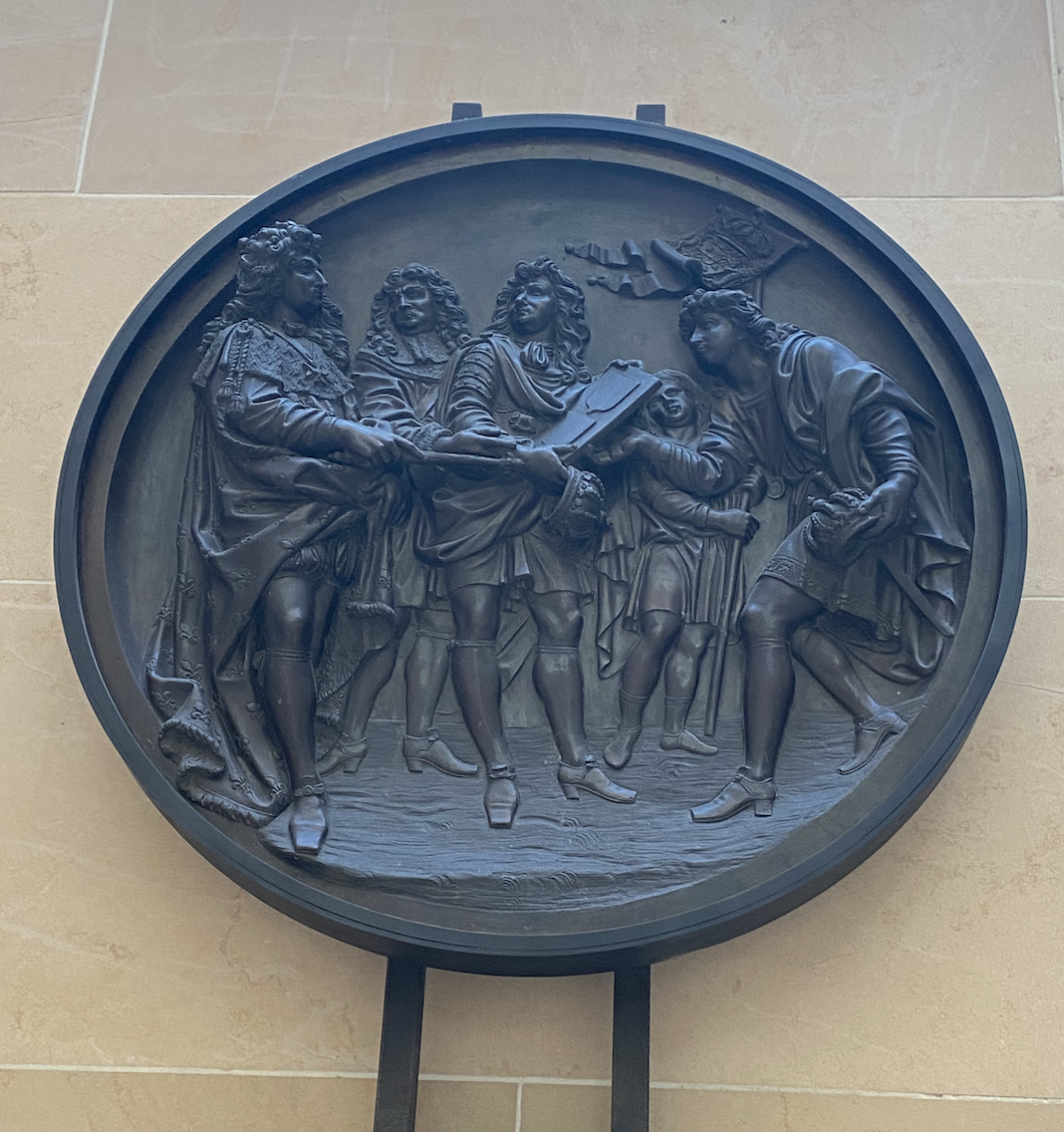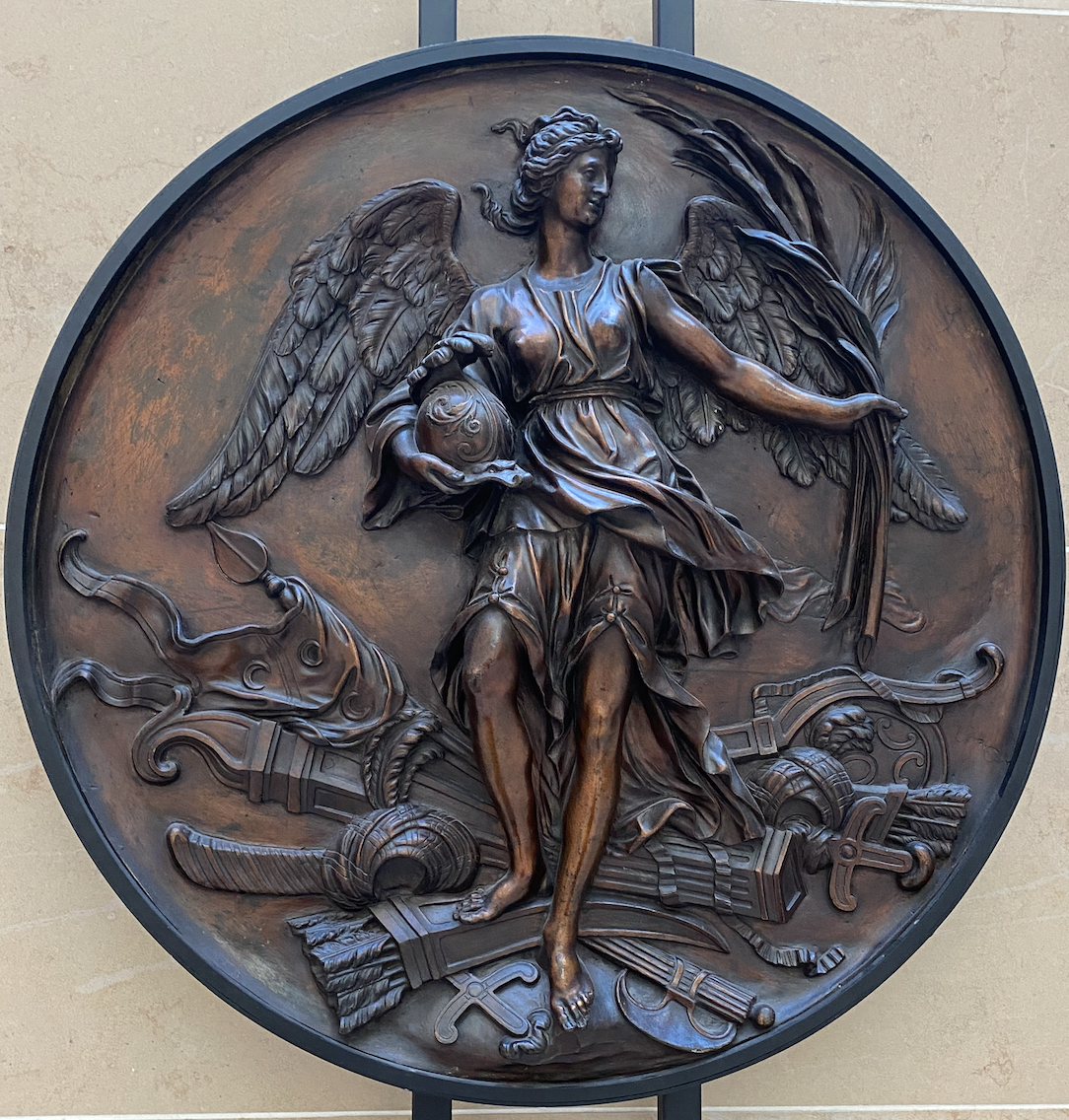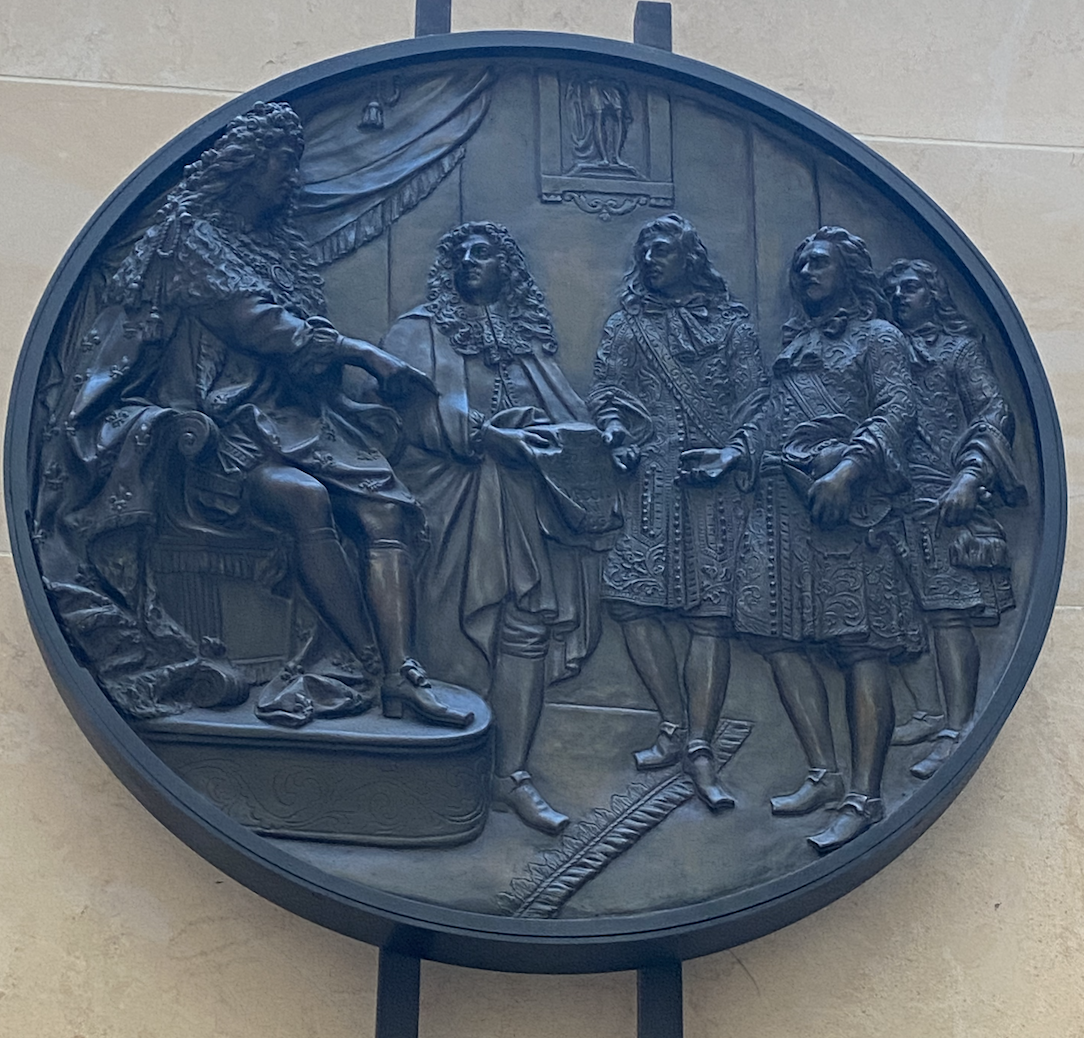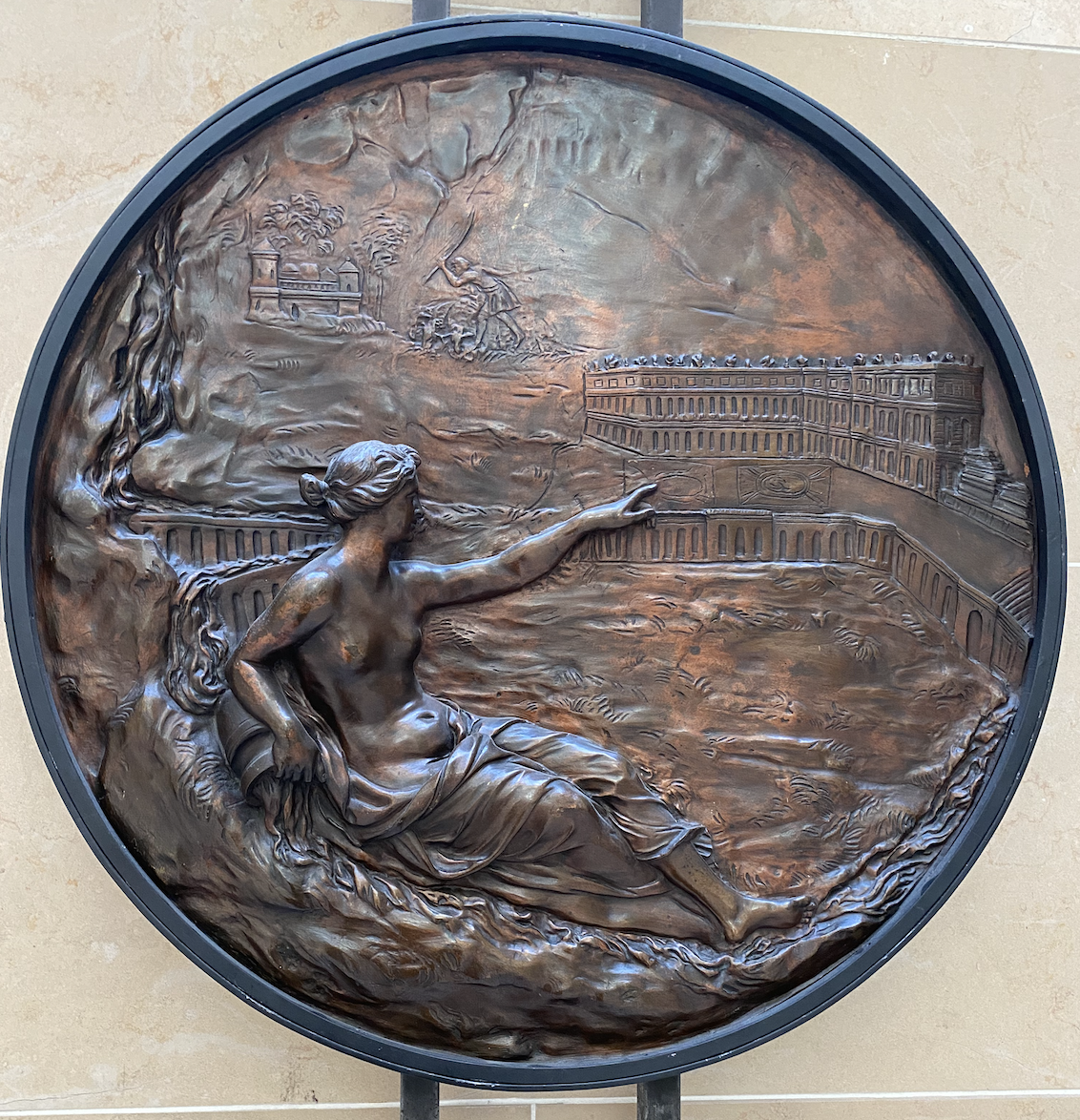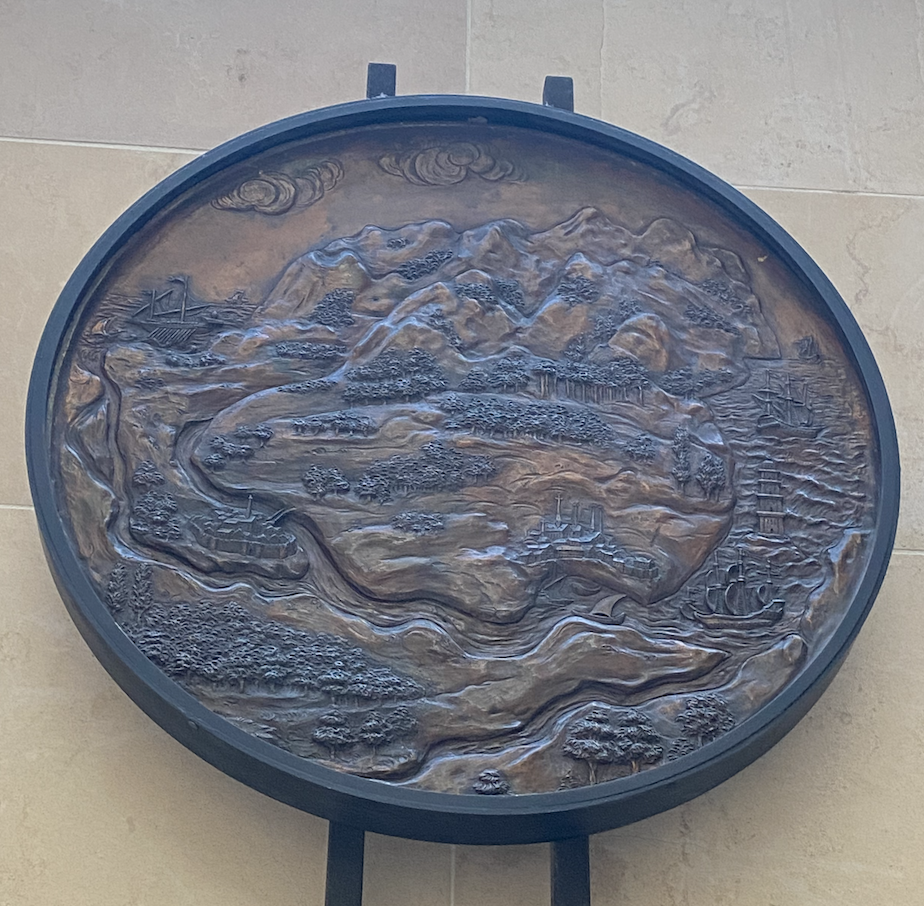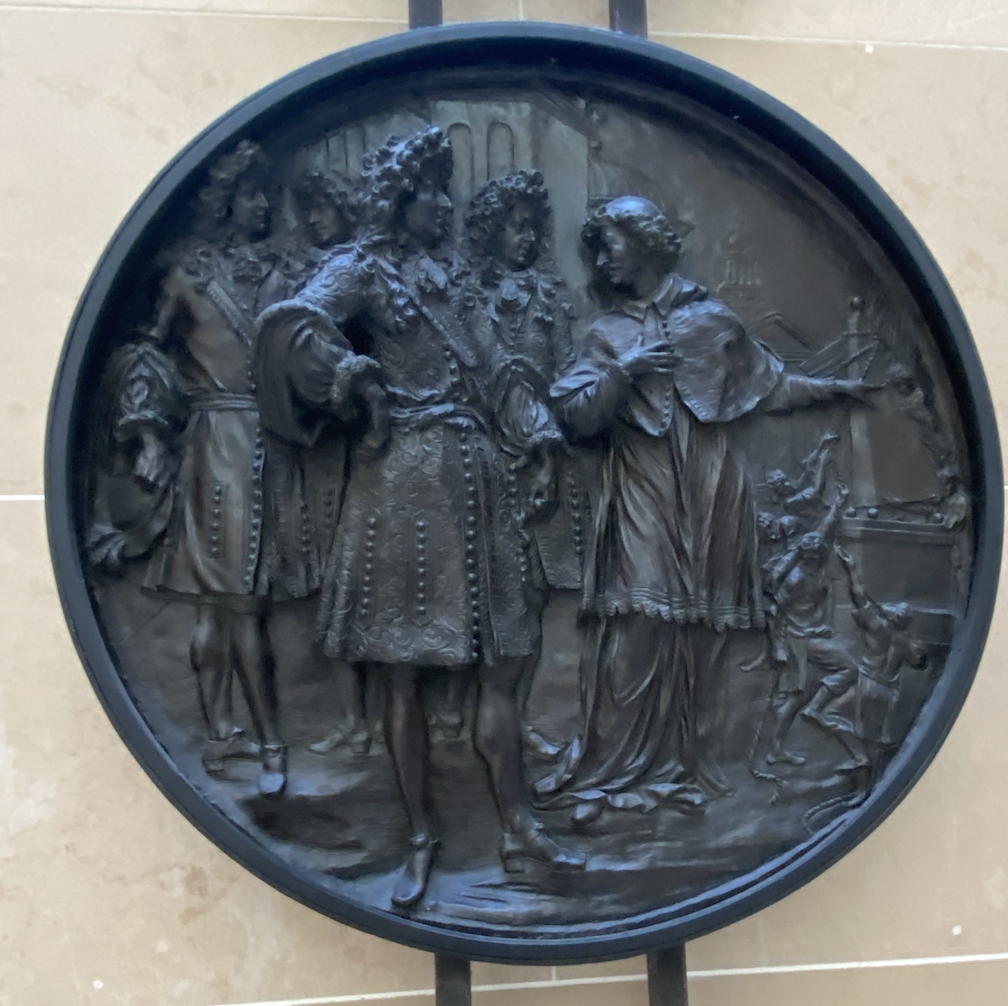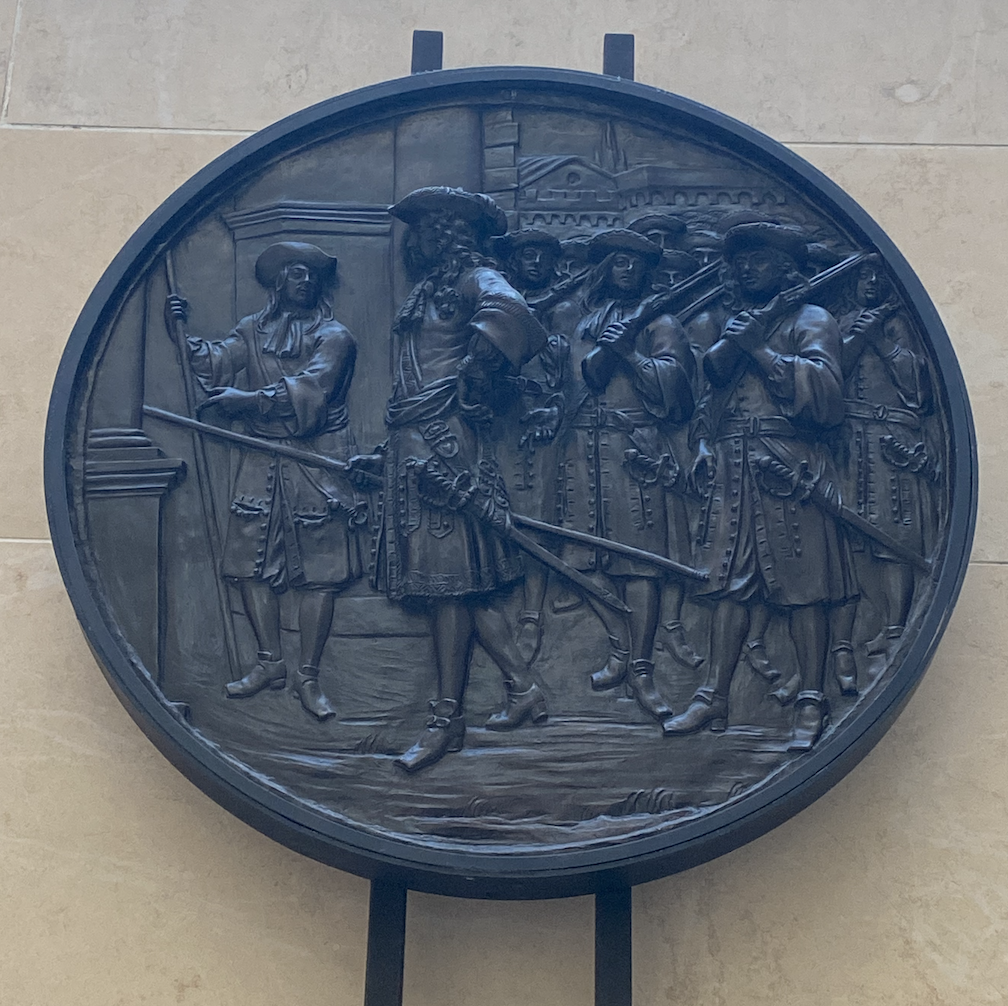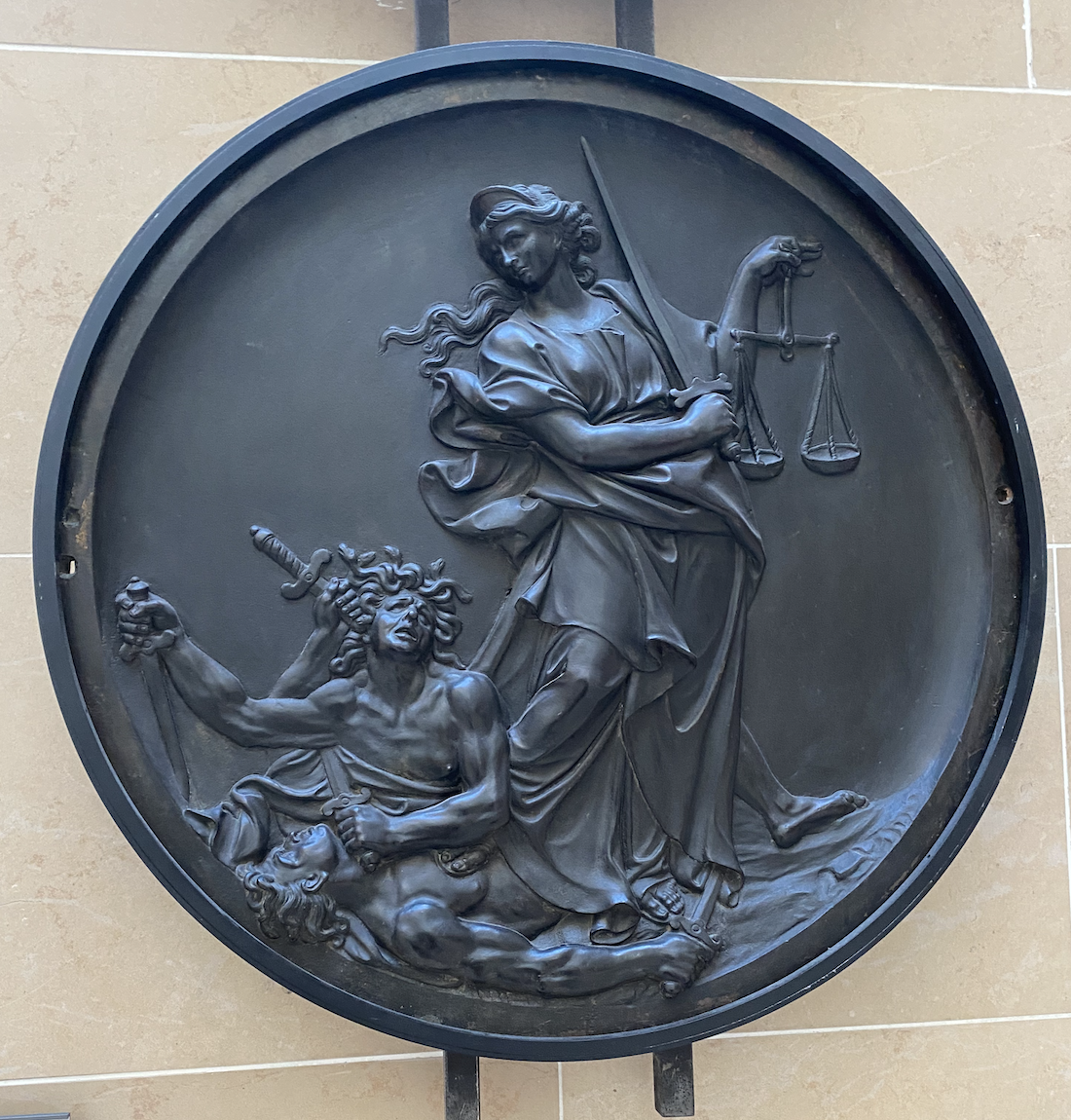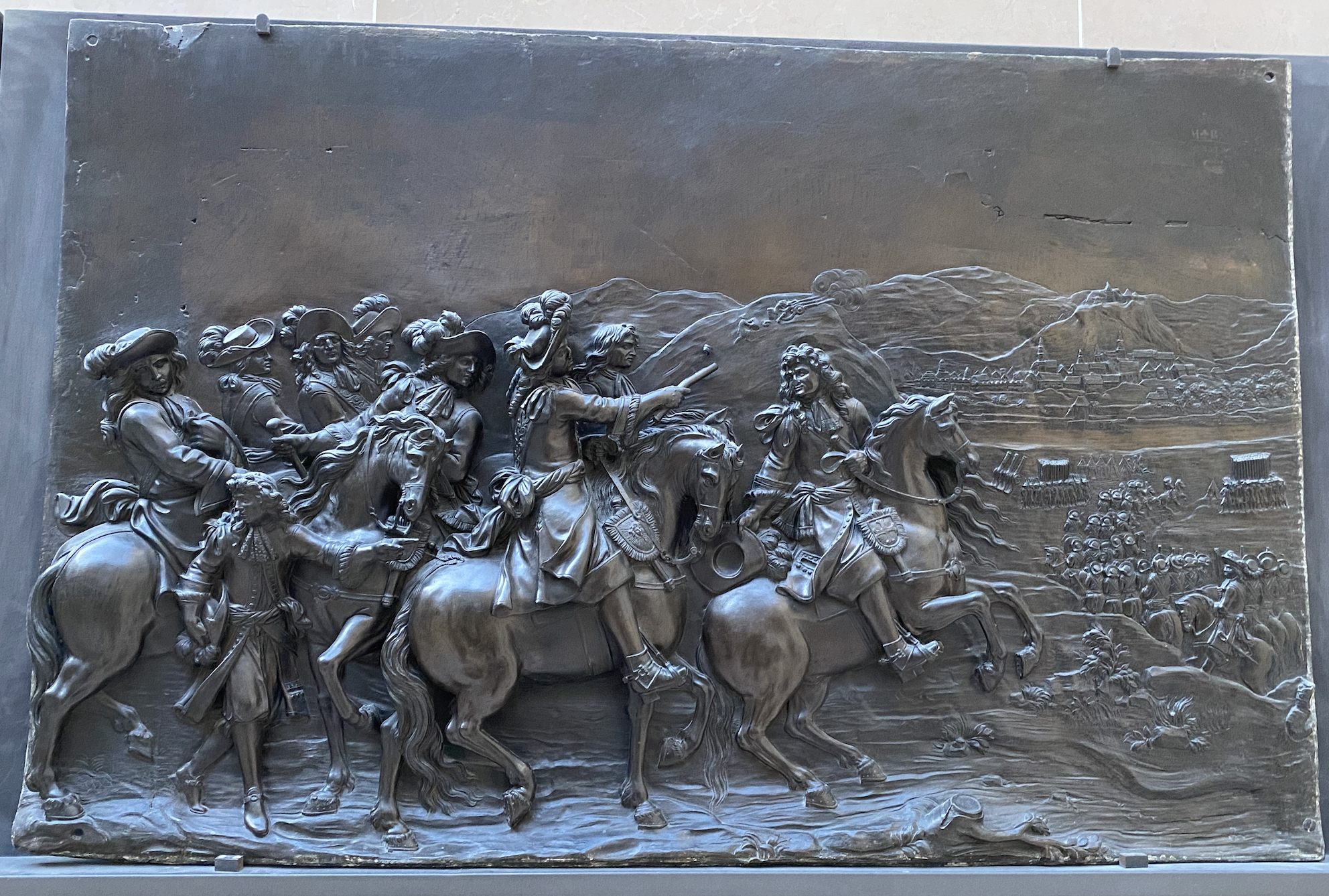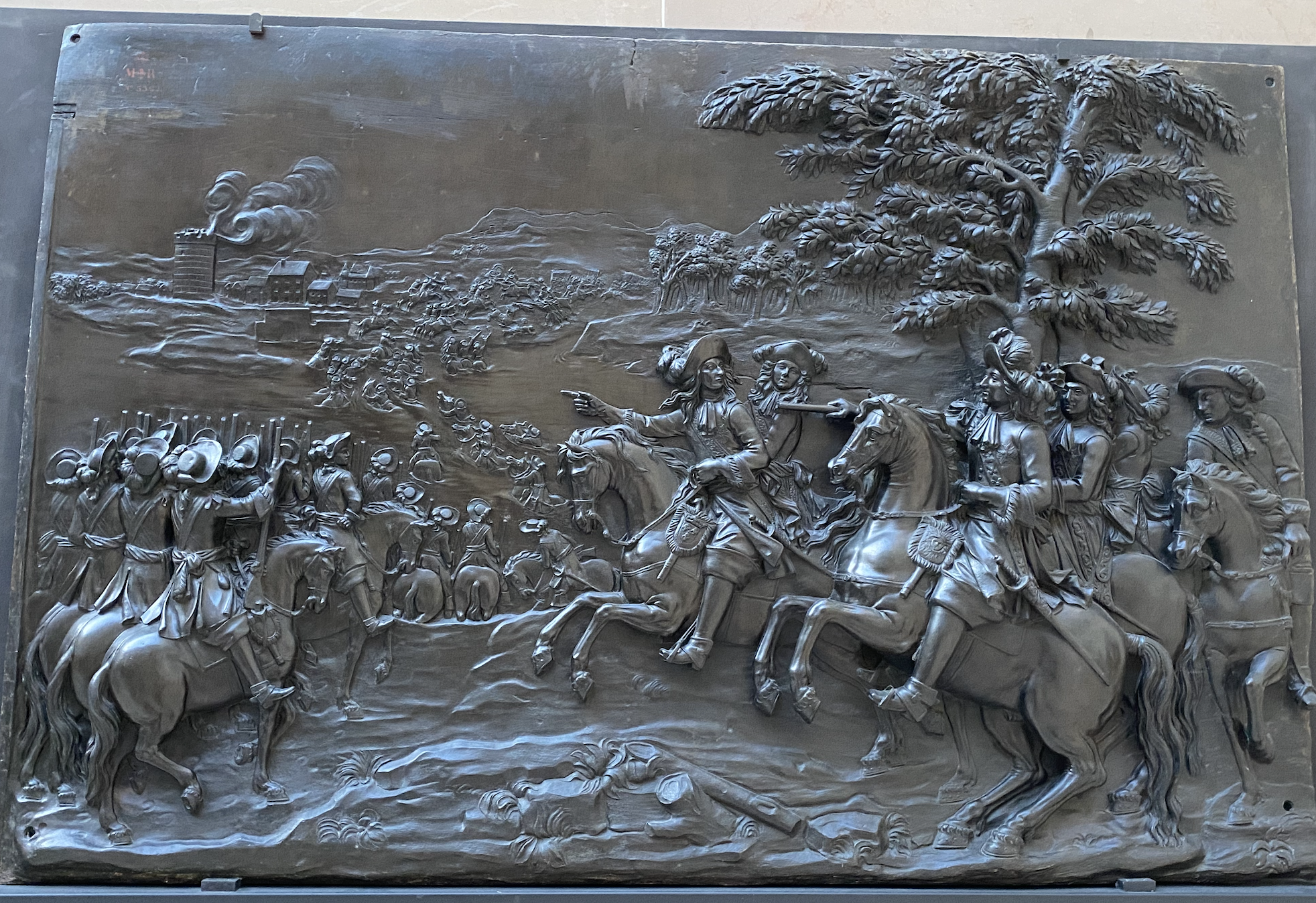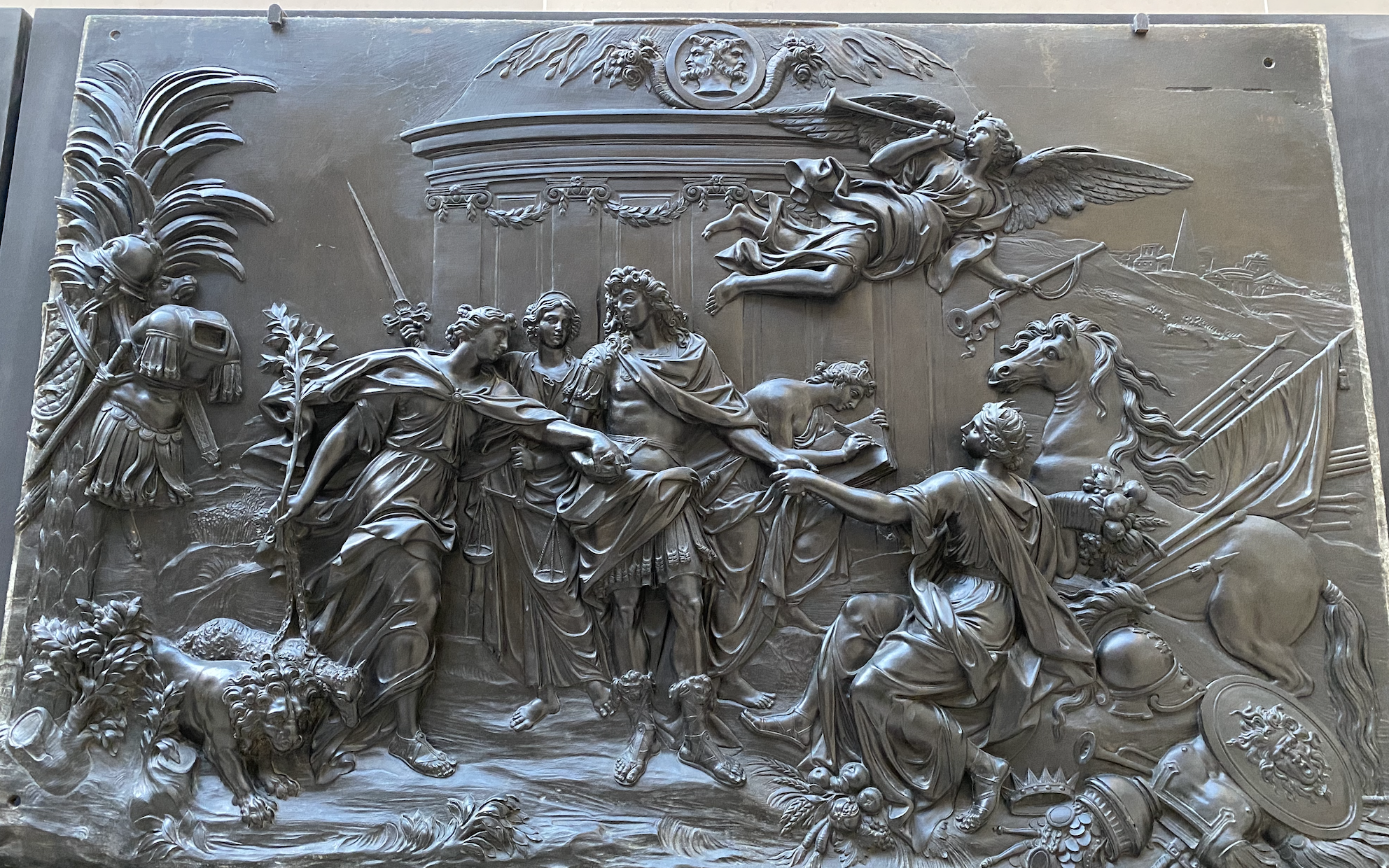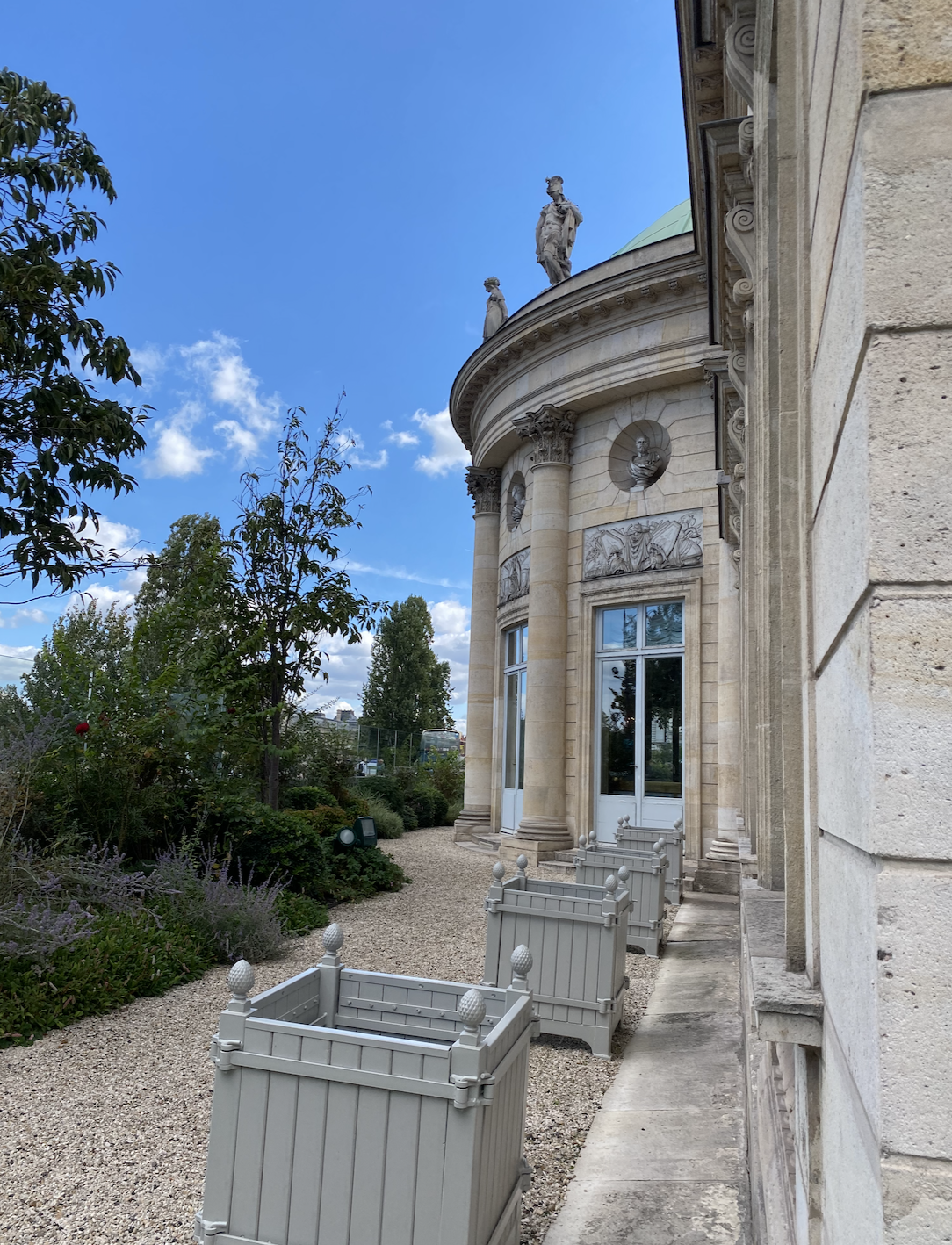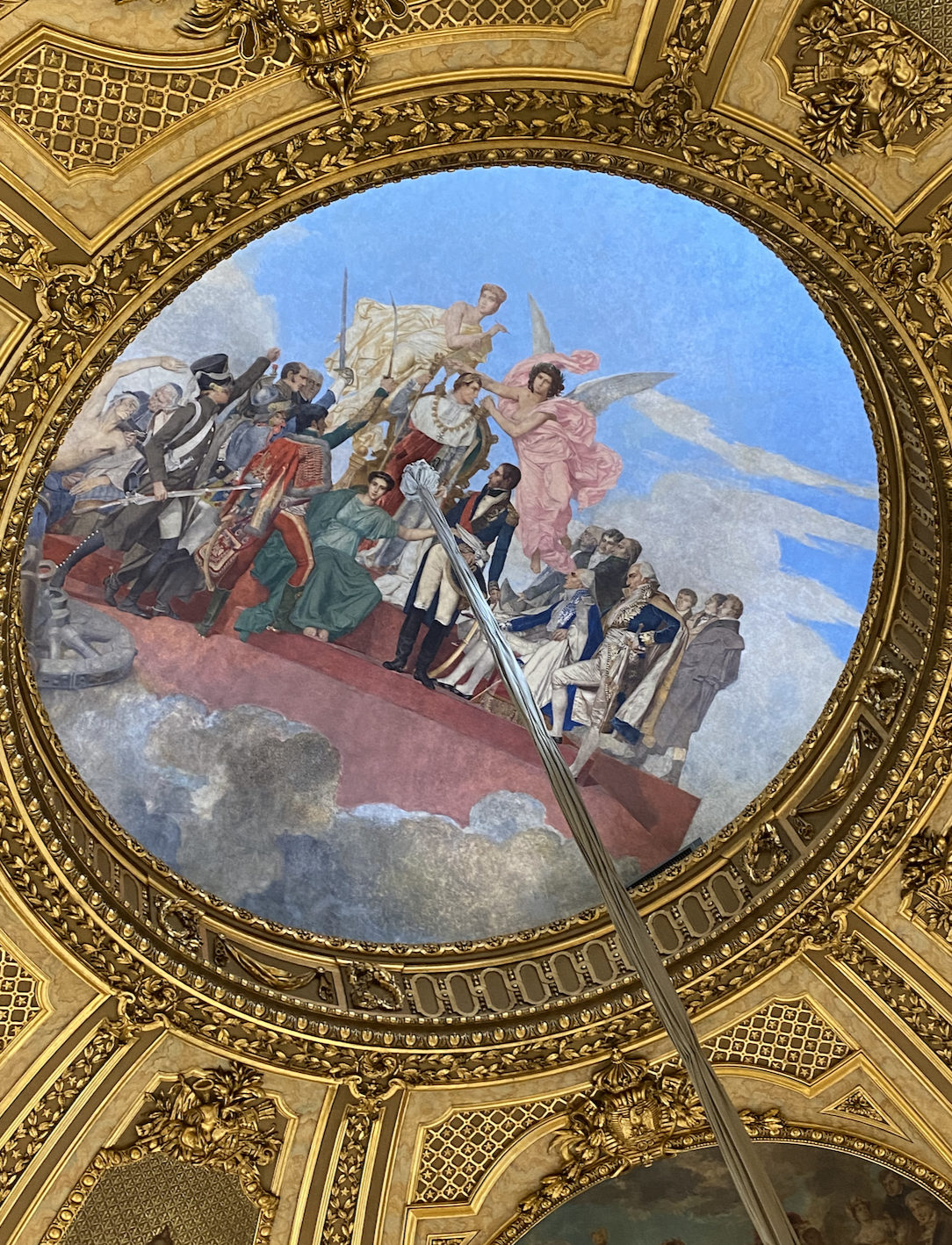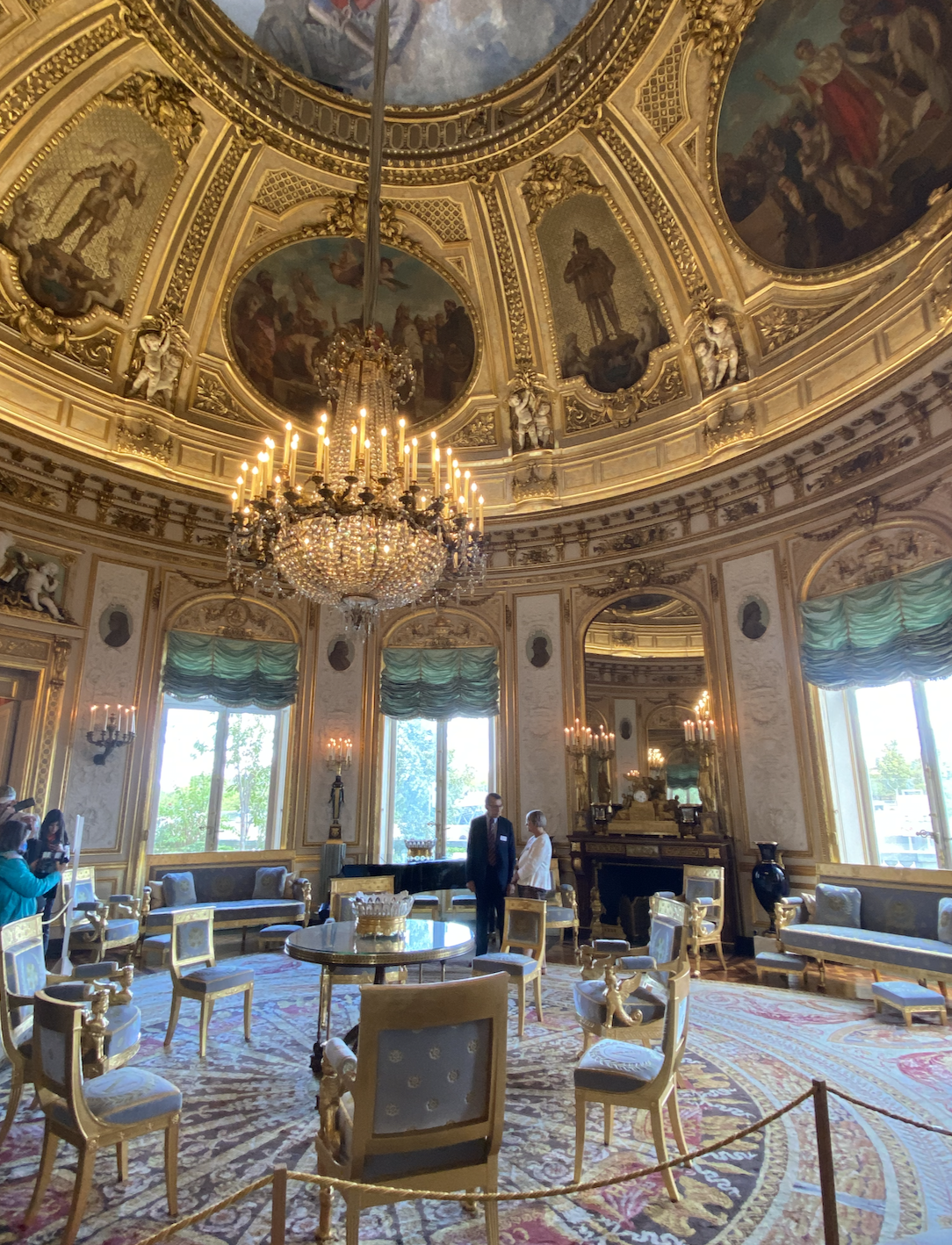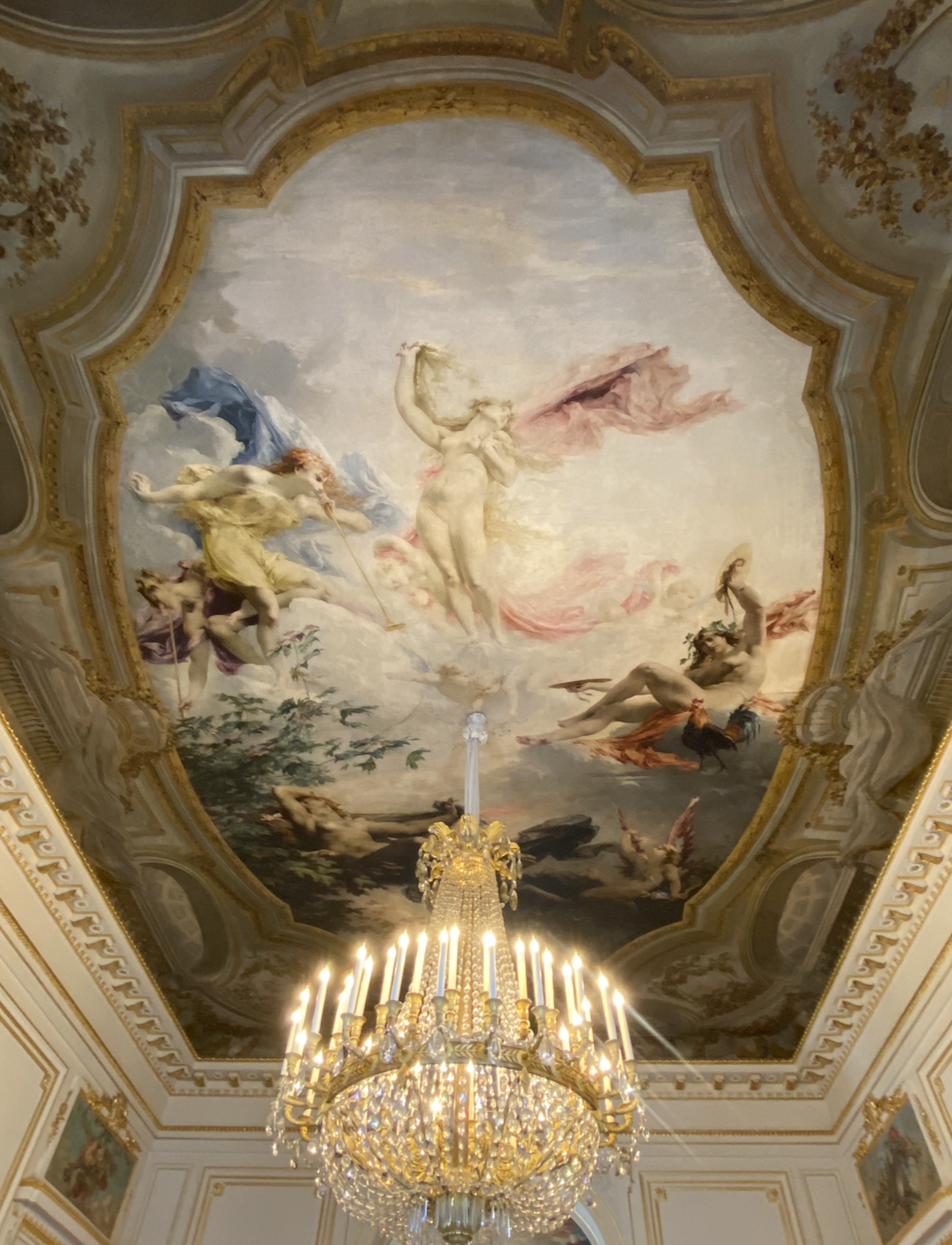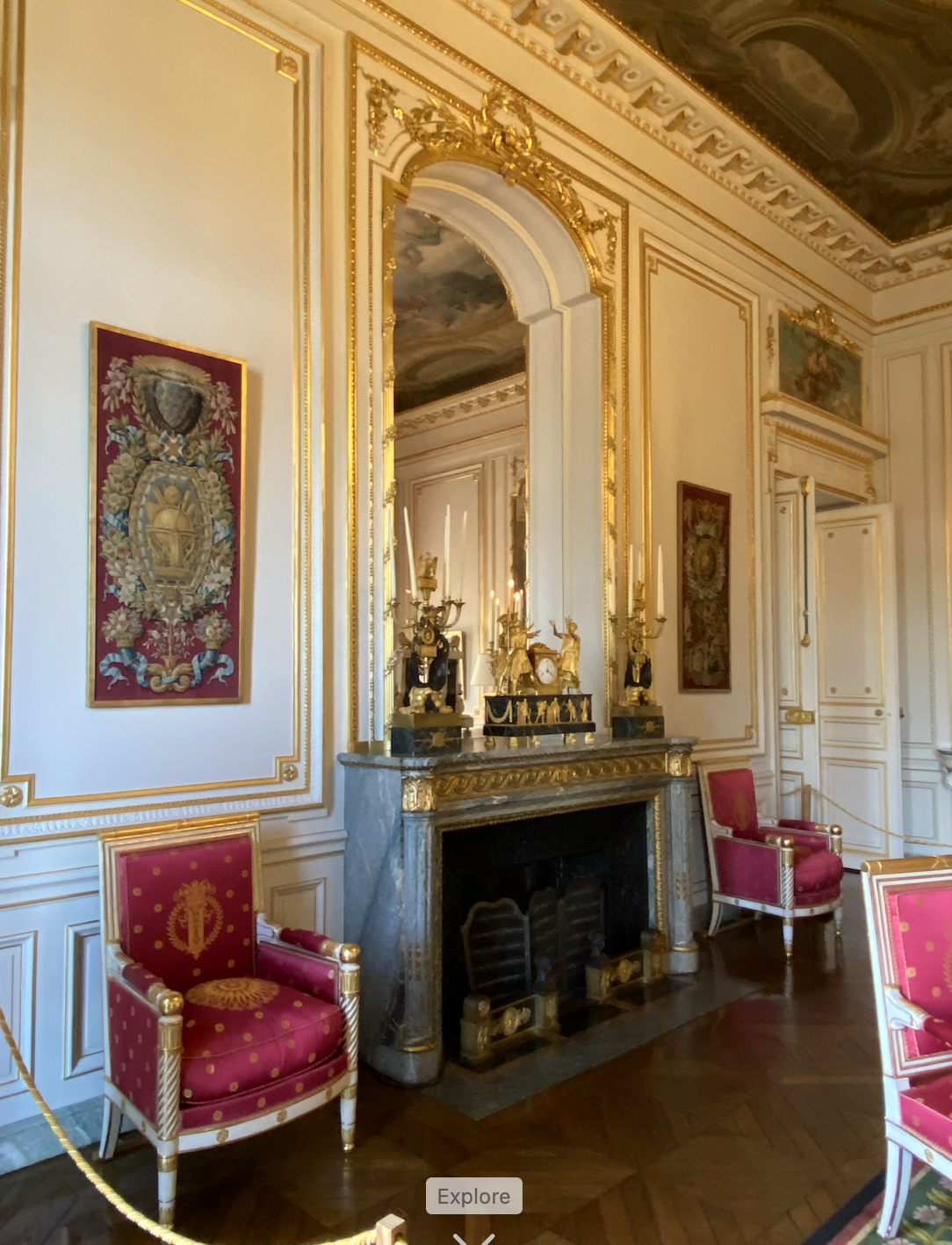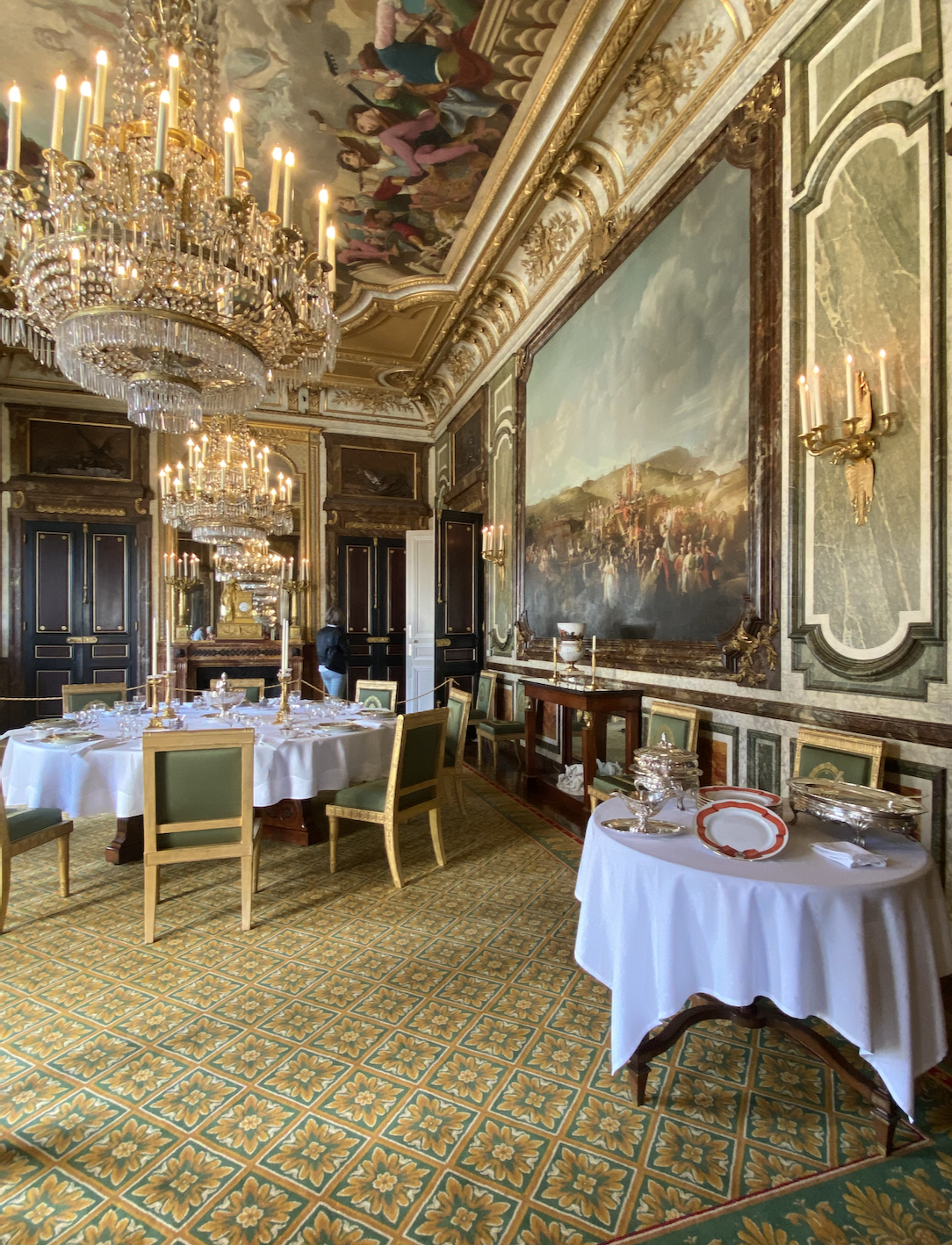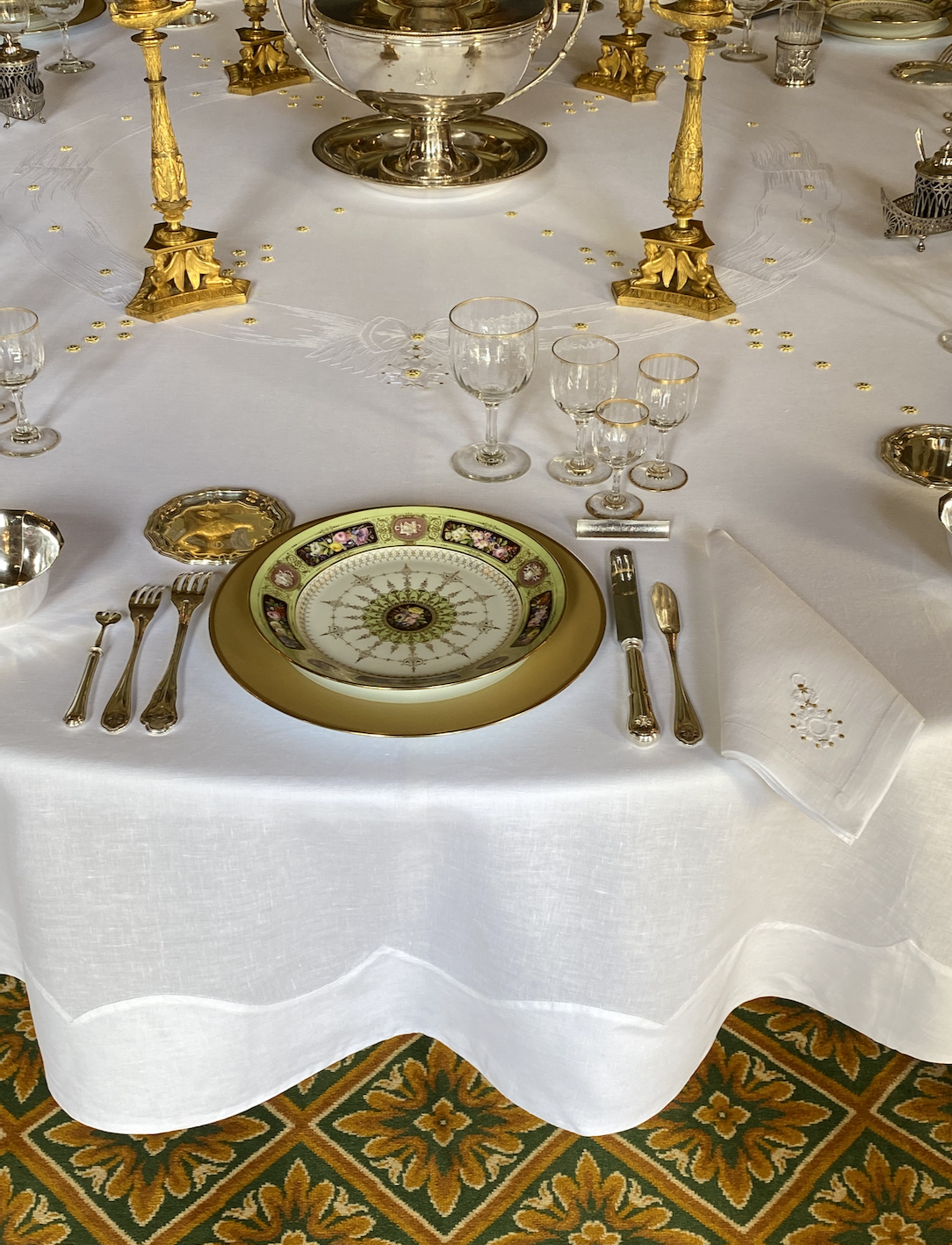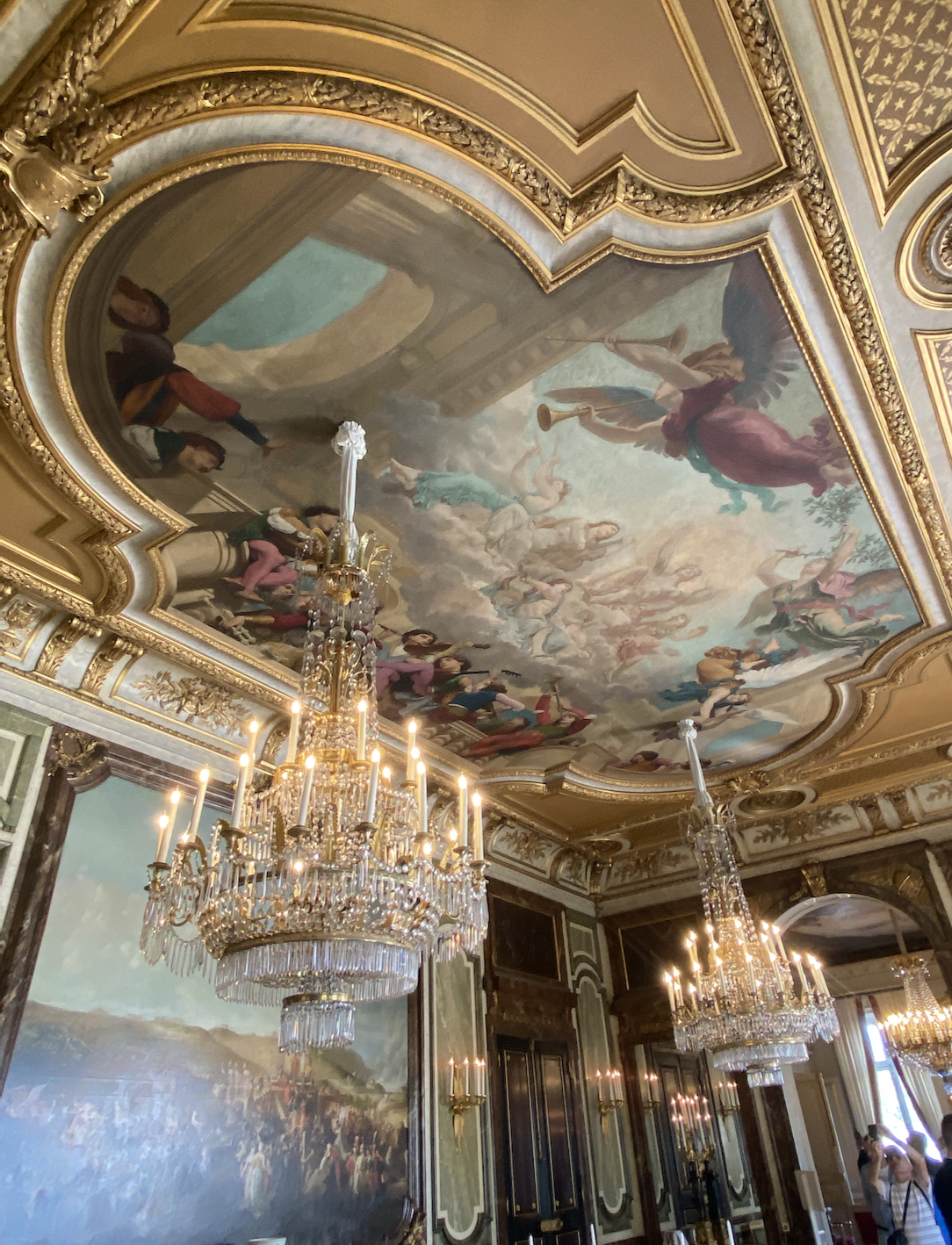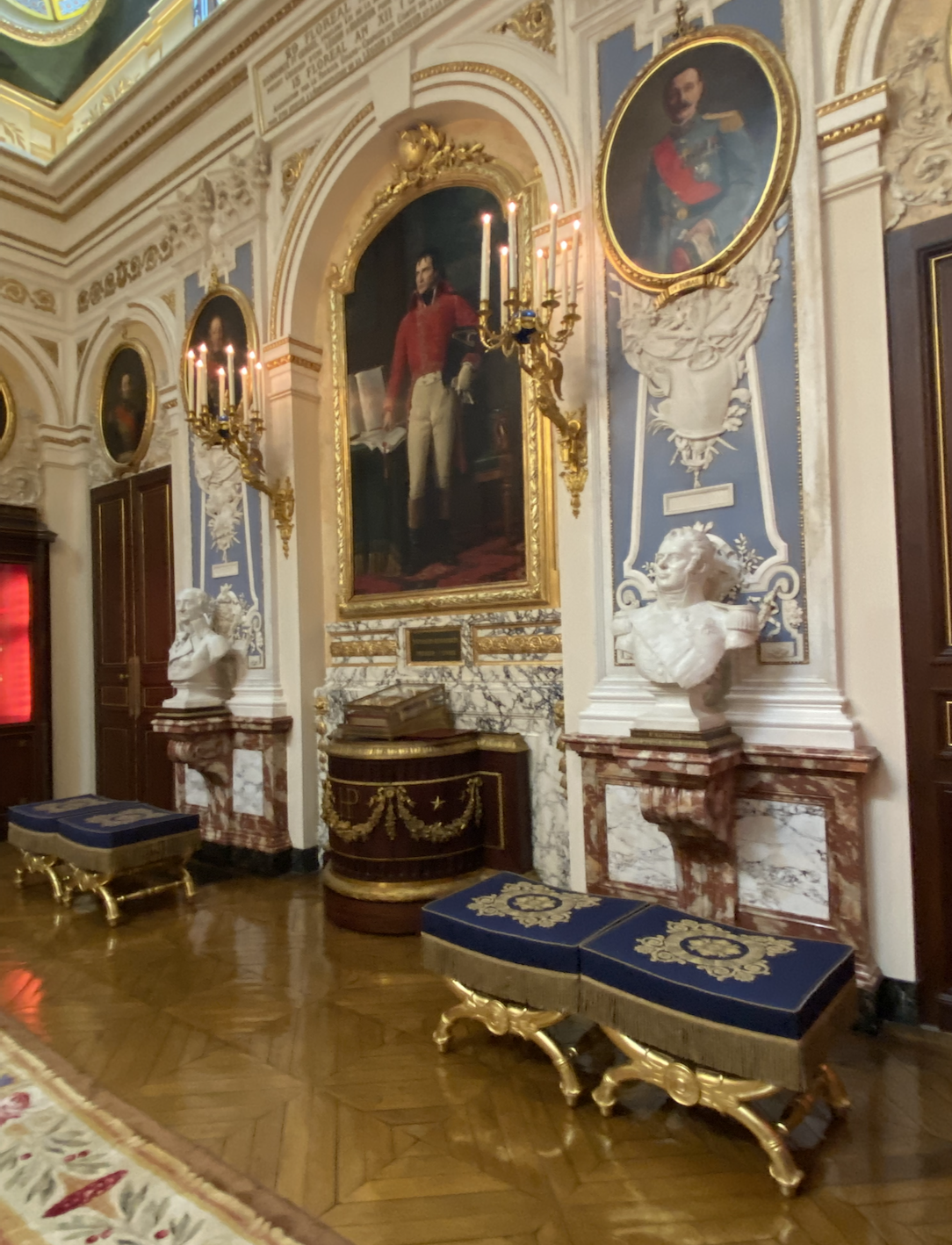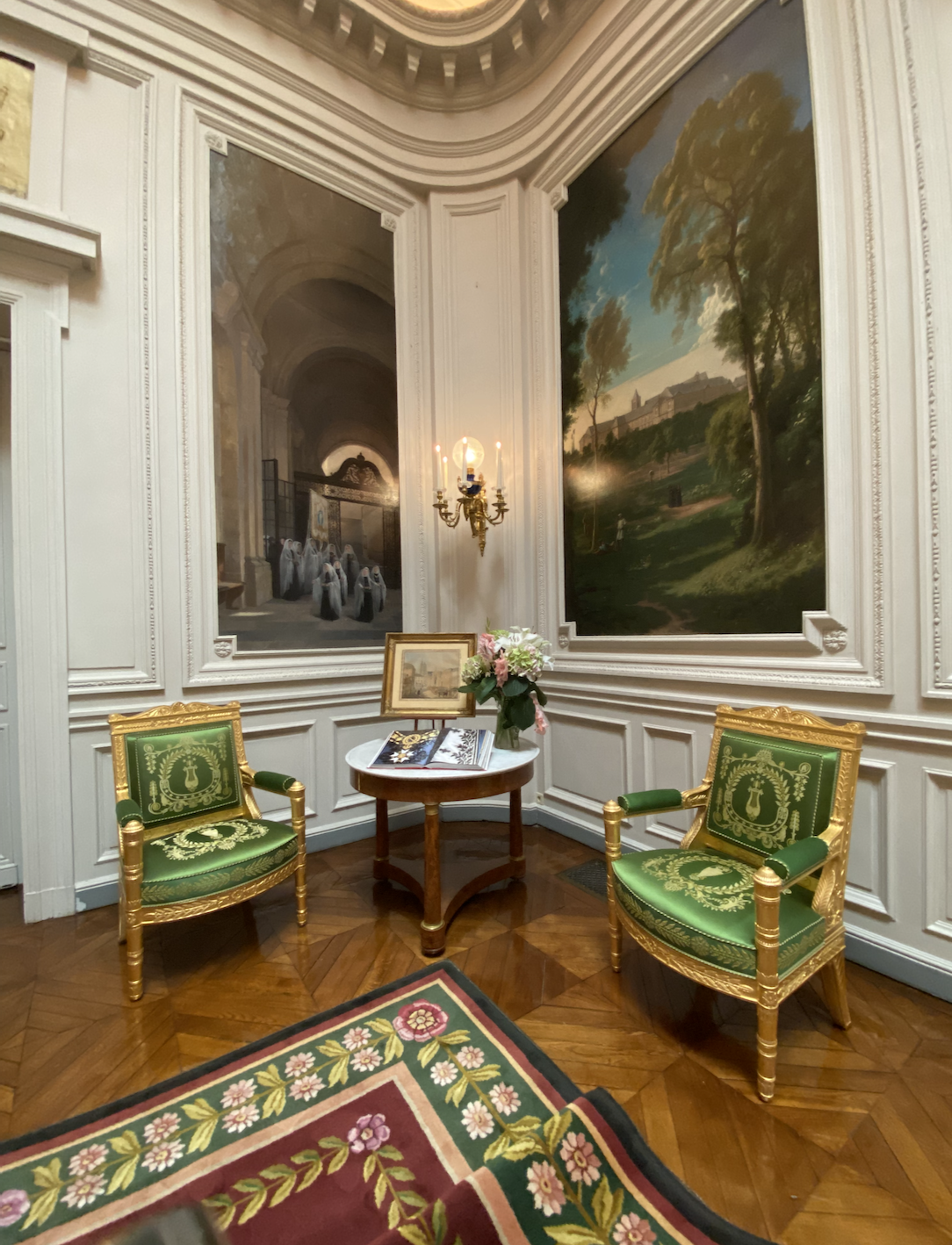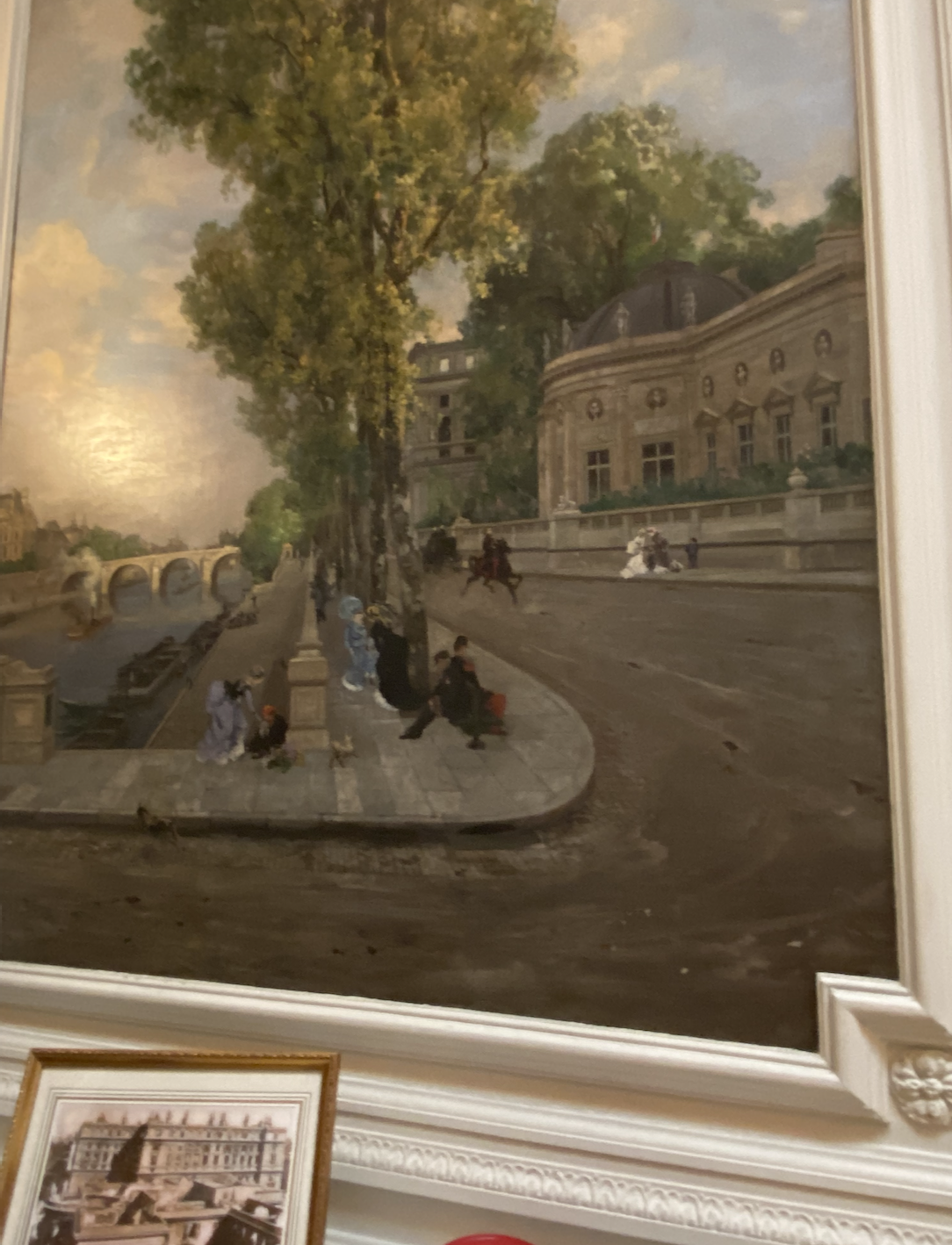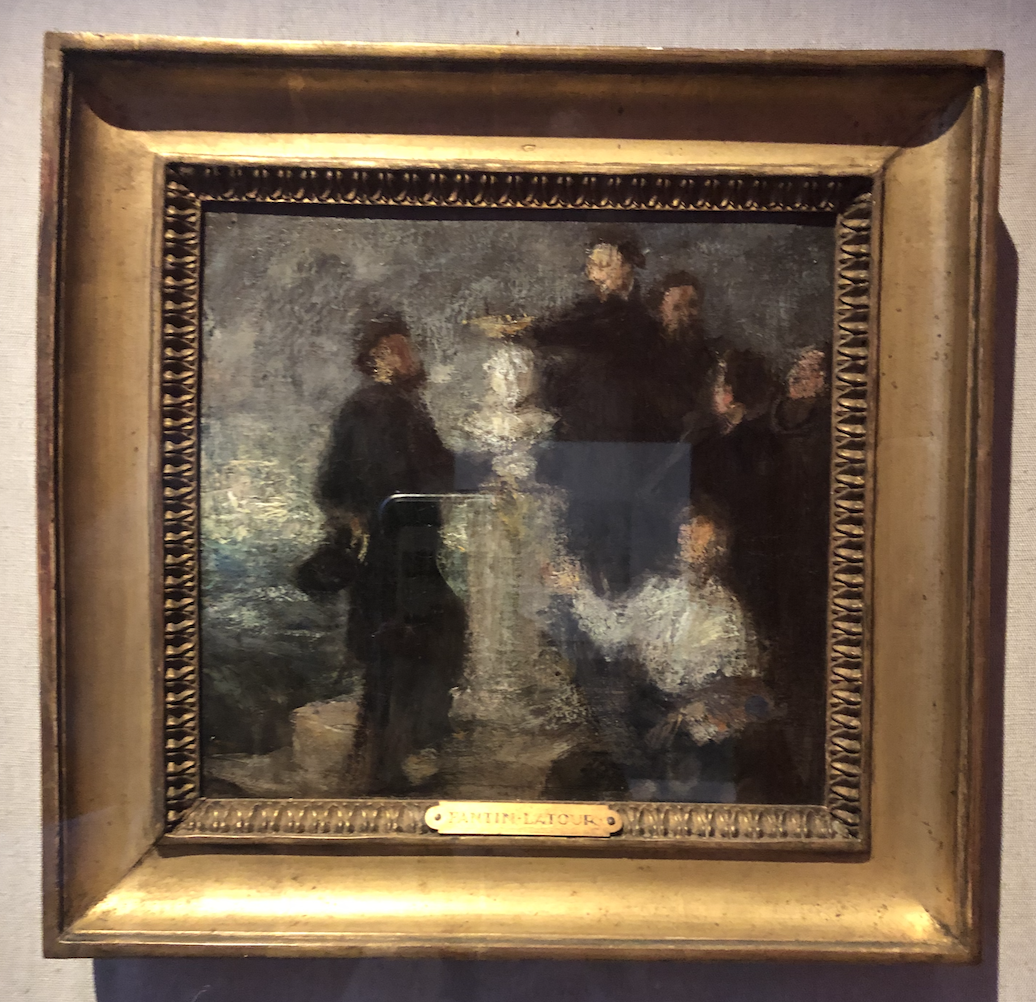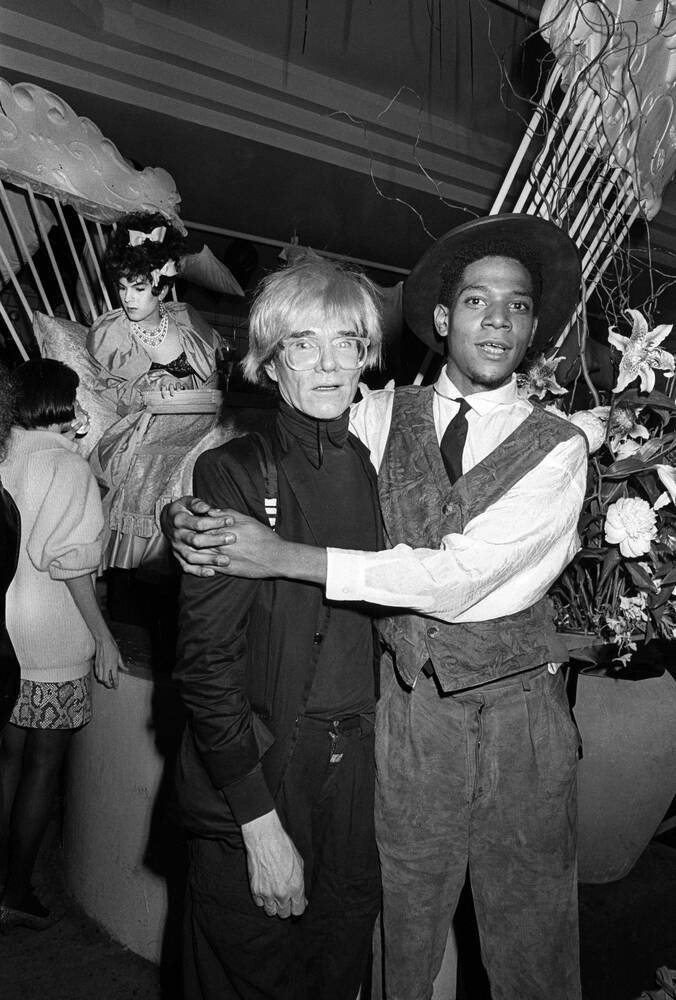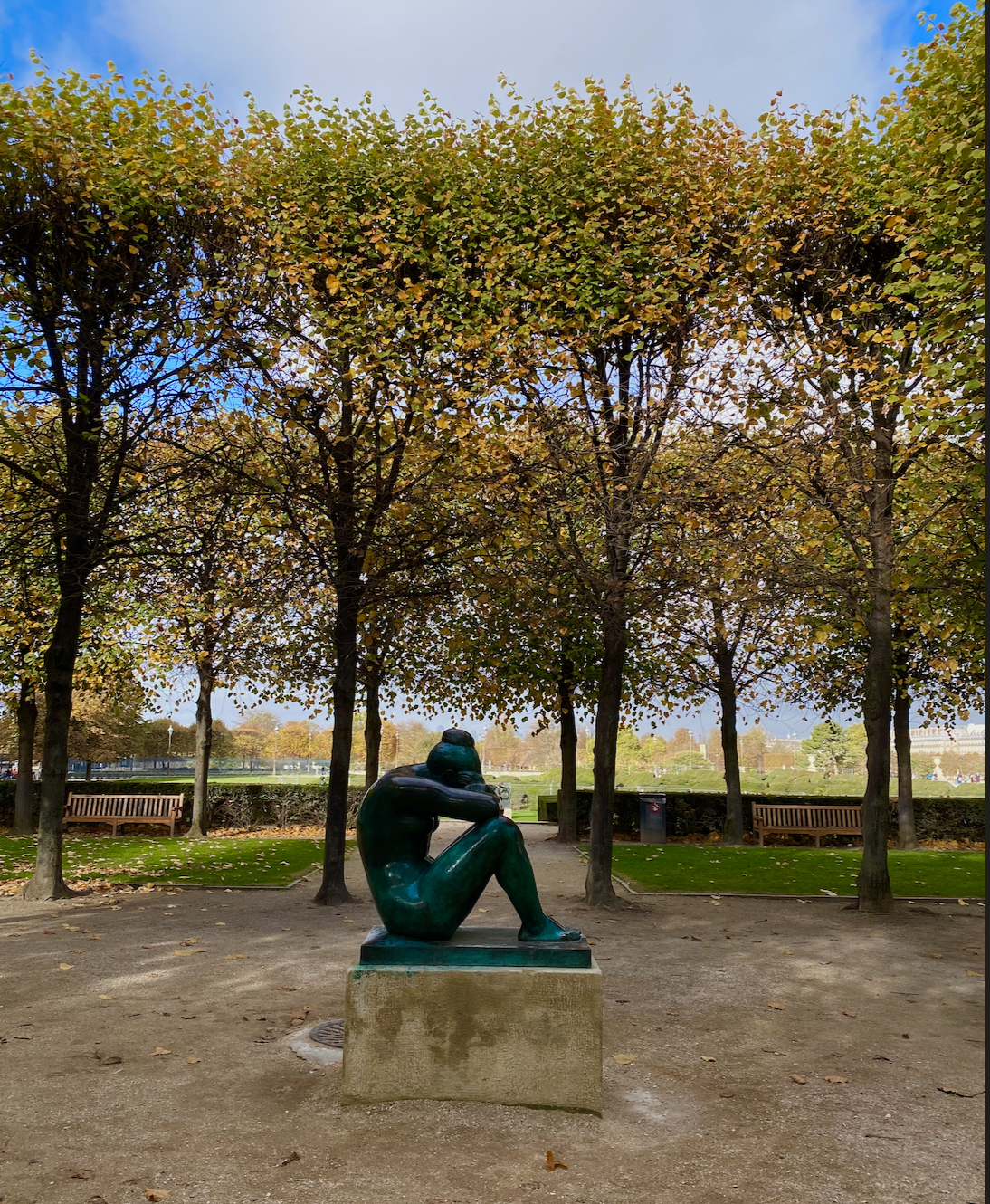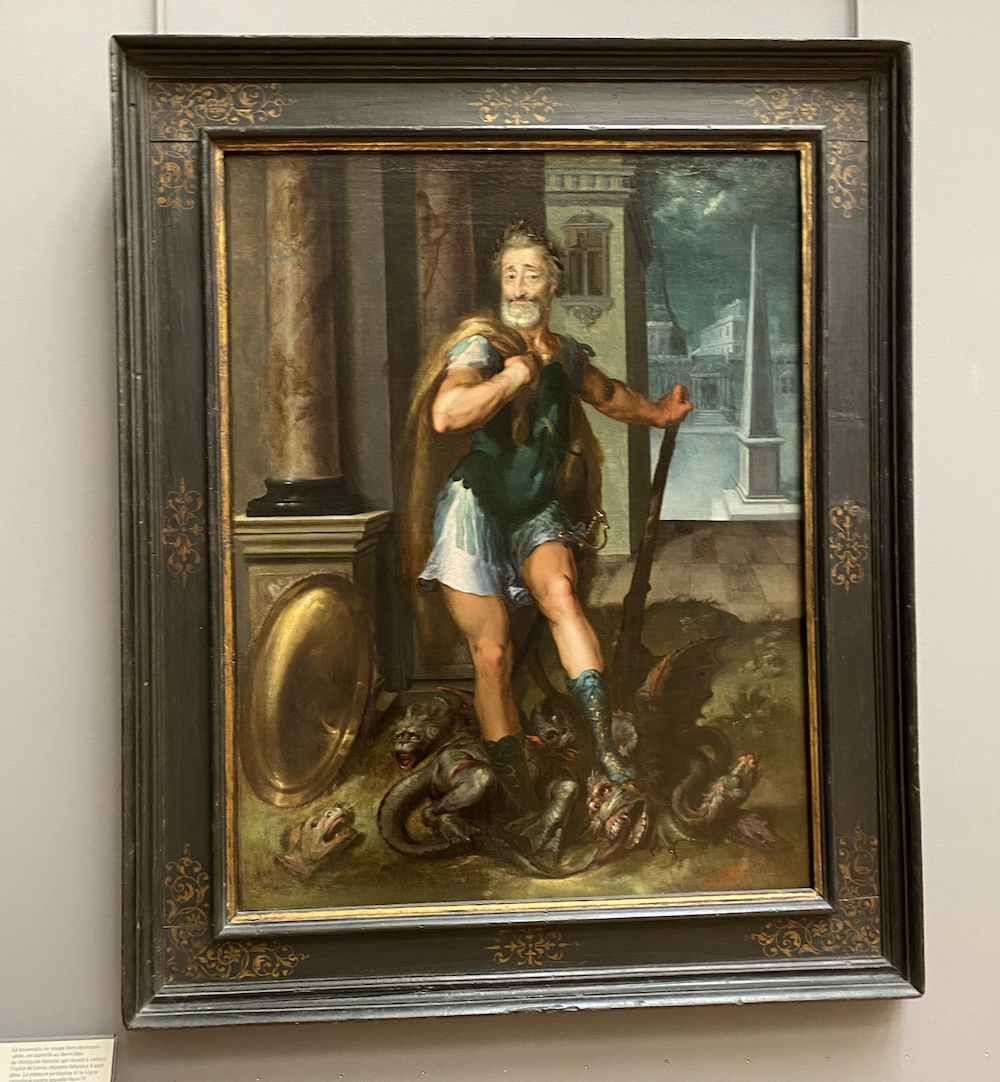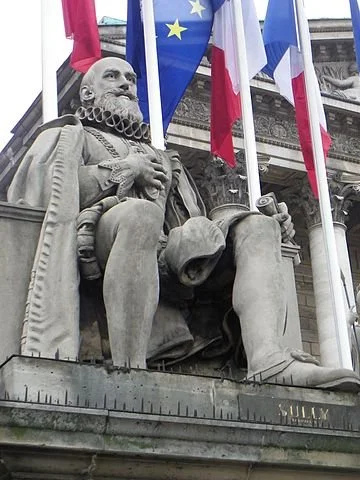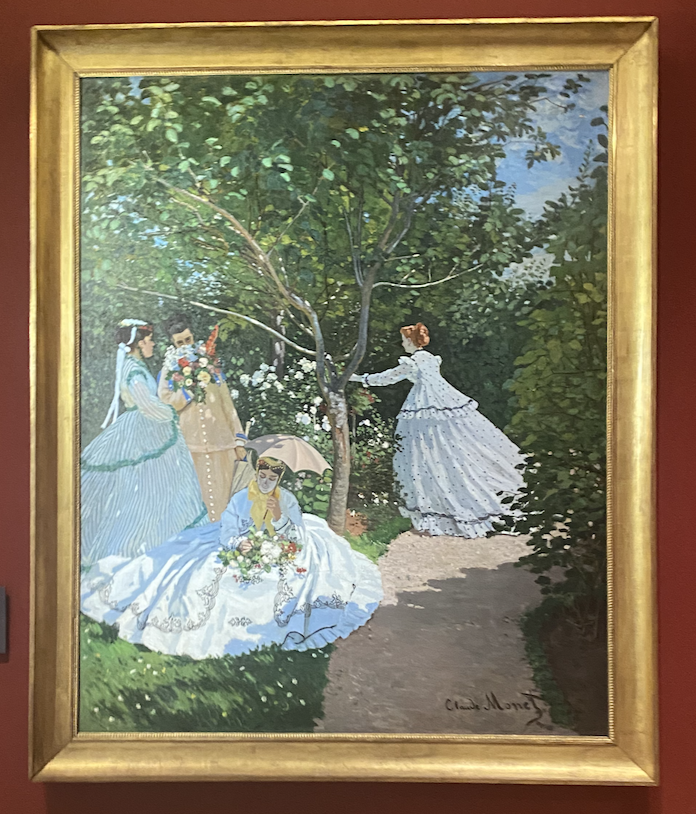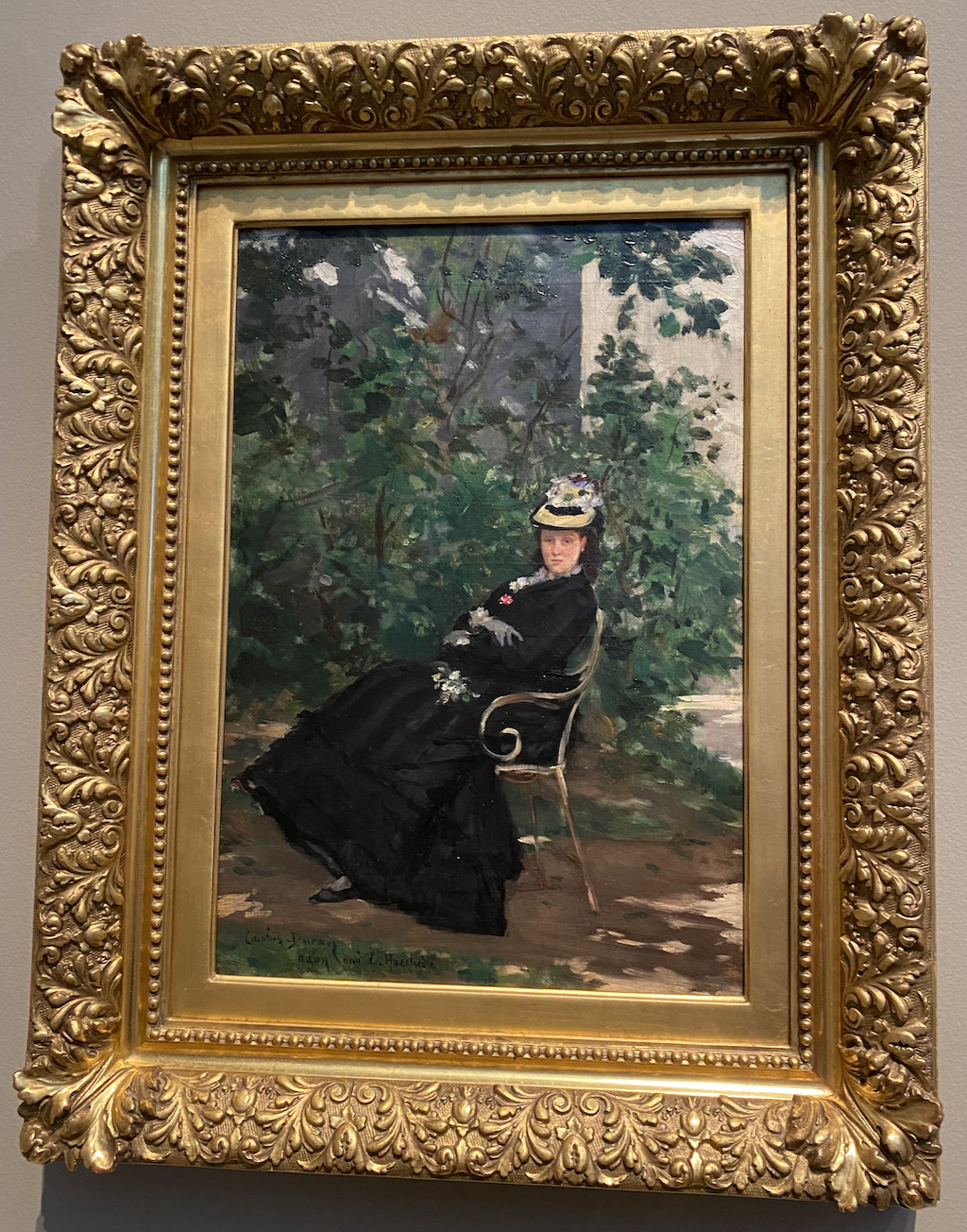Each Friday afternoon until Easter the most important relic in the world makes an appearance for the faithful to see at the Eglise Saint Germain l’Auxerrois. Since the fire on April 15, 2019, the Crown of Thorns has been safely hidden away but does make an appearance on a few very holy days of the year until its grand return to its home, the Cathedral Notre Dame de Paris.
But why is it in Paris you ask? The Crown of Thorns and other instruments of the Passion were purchased in 1238 by King Louis IX, later known as Saint Louis, and brought to Paris. However, let’s back up a little further. The crown was said to have been discovered in the 4th century after Emperor Constantine ordered what was thought to be the tomb of Christ to be opened. His mother Sainte Hélène came along and found the Crown, True Cross, and Nails, parts of the Instruments of the Passion, and set up a chapel in Jerusalem to hold them.
Between 614 and 637 when the city of Jerusalem was captured the relics began their voyage to Constantinople. For centuries they stayed until the Byzantine city was conquered at the beginning of the 13th century and given to the Latin Emperor in hopes that it would protect the now fractured capital.
Cousin to Saint Louis, Boudoin II, Emperor of Constantinople came to France asking him to help with a massive debt he had incurred when he borrowed money from the Venetians and gave the crown as collateral. Boudoin II in return for his help would give Louis and France the Crown of Thorns.
This wasn’t an easy transaction, the Venetian barons were in such desperate need of money they borrowed against the relics and sped up the clock. The French envoy had to race to Venice to retrieve them in time or they would become the property of Venice. Saint Louis sent Dominicans, Jacques, and André right away to grab the relics as Jacques could also authenticate that they were the real items. The deadline was June 18 and the Feast of Saint Gervais and Protais, if not purchased by that day it would forever be the property of Venice.
Jaques and André arrived a day before on June 17, 1238, and were met with a new challenge and price tag.
Louis had already paid 21,000 pounds to free the Crown but as Jacques and André arrived they were given a new bill for 137,000 pounds! It was half of the budget of the French monarchy but Louis happily paid the fee and agreed to allow the Venetians to hold onto the Crown for the faithful to see one last time in Saint Marks. Negotiations took six months and in December 1238, the Crown finally made its way to overland to France to the small town of Villeneuve-l’Archeveque near Sens.
On August 10, 1239, Louis arrived and Archbishop Gauthier carried the relics out and placed them into his hands. The next day, Saint Louis, his mother Blanche de Castille, and brother Robert d’Artois left by boat on the Yonne River to Vincennes on the edge of Paris.
On August 18, Louis in a simple tunic and barefoot walked the Crown into Paris and to Notre Dame before taking the Crown to the Palais de la Cité and holding it in the Chapel of St Nicolas until the perfect reliquary could be created.
Not just any building would do for one of the most important relics in the world. Two years later in the autumn of 1241, the construction of the Sainte Chapelle began. The same year Louis acquired a large piece of the Holy Cross, a vial of the Holy Blood, and the Tombstone. The following year the Holy Sponge and Spear came into his possession and were all placed in Sainte Chapelle after it was finished and consecrated on April 26, 1248.
They would remain in the jewel box church until March 1787. In 1791 the Conseil d’Etat suppressed the church and sequestered the relics and on March 12 they were removed for safekeeping and taken to the Abbey of Saint-Denis in a cardboard box. In the dark of nigh between November 11 & 12, 1793 the relics were taken to the mint and melted down and destroyed. Only the Crown and piece of the True Cross survived.
In October 1804, just two months before his coronation, Napoleon had the relics transferred to Notre Dame on August 10, 1806, where they would remain until July 29, 1830. During the Three Glorious Days, Archbishop Hyacinthe Louis de Quélen fled the church with the relics under his arm while an angry mob broke into the Cathedral.
In 1855 they were safely back in Notre Dame and architect Violette-le-Duc created a perfect container for the Crown and Reliquary to hold them until April 15, 2019.
On the night of the fire in April 2019 after we watched the spire and the rooster fall from the sky the next fear was the relics of the Sacristy and the Crown. The very tight security that the crown is kept in made it difficult in that high-pressure moment. Tucked away into the floor of the back chapel is a series of combination key locks that require two keys. The keys are normally never together. That night in a state of panic the two key holders had to fight through the crowd to reach Notre Dame. The keys were handed to the chaplin of the Pompiers de Paris Jean-Marc Fournier put his life on the line and rushed into the cathedral to save the Crown of Thorns.
Since that night the Crown is safely locked away and comes out the first Friday of each month and each Friday of Lent in the Eglise Saint Germain l’Auxerrois from 3 pm to 5 pm. The veneration of the crown that occurs when the Crown of Thorns is shown was created by Saint Louis and not the Catholic church. The very specific ceremony and showing of the relic can only happen during Easter as put in place over 785 years ago to celebrate the resurrection.
Open to the faithful, historians, and anyone who wants to see the priceless relic. Standing nearby are the Knights of the Holy Sepulcher of Jerusalem who guard the crown and honor the wishes originally created in the 13th century.
I can’t wait for Easter 2025 when the ceremony will once again be held inside the walls of Notre Dame de Paris. Stay tuned for more about the reliquaries and Saint Louis and the Crown has been depicted in art and stained glass and where you can find them in Paris.


